When you first embark on a low-carbohydrate diet, it feels like freaking EVERYTHING has carbs in it, which leads to a lot of Regina George-like questions. (As you probably know by now, butter is not a carb.)
Though there are plenty of low-carb foods out there, filling your plate with high-protein, low-carb foods, in particular, will help ensure your meals are super satisfying.
What does a high-protein, low-carb food actually look like, though? Anything that contains at least asmuch protein as net carbs is a go, suggests nutritionist Sonya Angelone, RD.
That’s because low-carb diets are generally a bit of a gray area. Typically, anything under 100 grams of net carbs per day fits the bill, explains dietitian Charlotte Martin, RDN, CPT. The situation gets more clear-cut if you take low-carb to the extreme and go full-on keto, which involves sticking to 20 to 30 grams of net carbs per day.
Wondering what’s up with all this net carb mumbo jumbo? “‘Net carbs’ are simply the number of carbs in a food that your body can actually digest and use for energy,” says Martin. Since your body can’t digest fiber, it doesn’t count towards net carbs, so you can calculate net carbs by subtracting grams of fiber from total carbs in a food.
Whatever your flavor of low-carb, high-protein eating looks like, here are 40 high-protein, low-carb foods nutritionists recommend you stock up on.
1. Shrimp
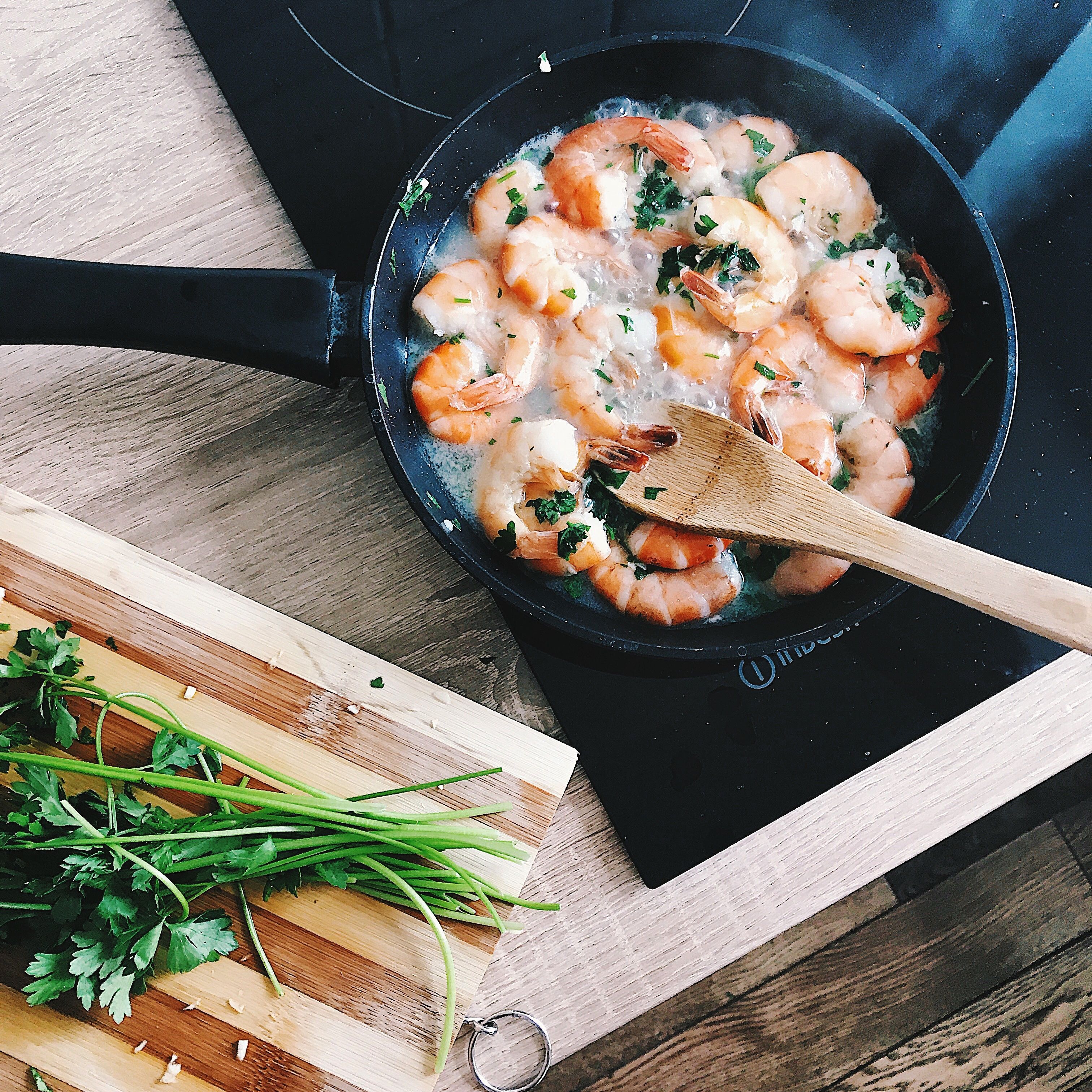
Shrimp is a seriously underrated lean protein source (and virtually carb-free). “Just one serving provides nearly half of the daily value (DV) of protein,” says Martin. Shrimp also get their pink color from an antioxidant called astaxanthin, which is said to have skin and heart health benefits.
Per serving (100 grams): 106 cals, 1.7 g fat (0.3 g sat), >1 g carbs (>1 g net carbs), 0 g fiber, 148 mg sodium, 0 g sugar, 20 g protein
2. Almond Butter
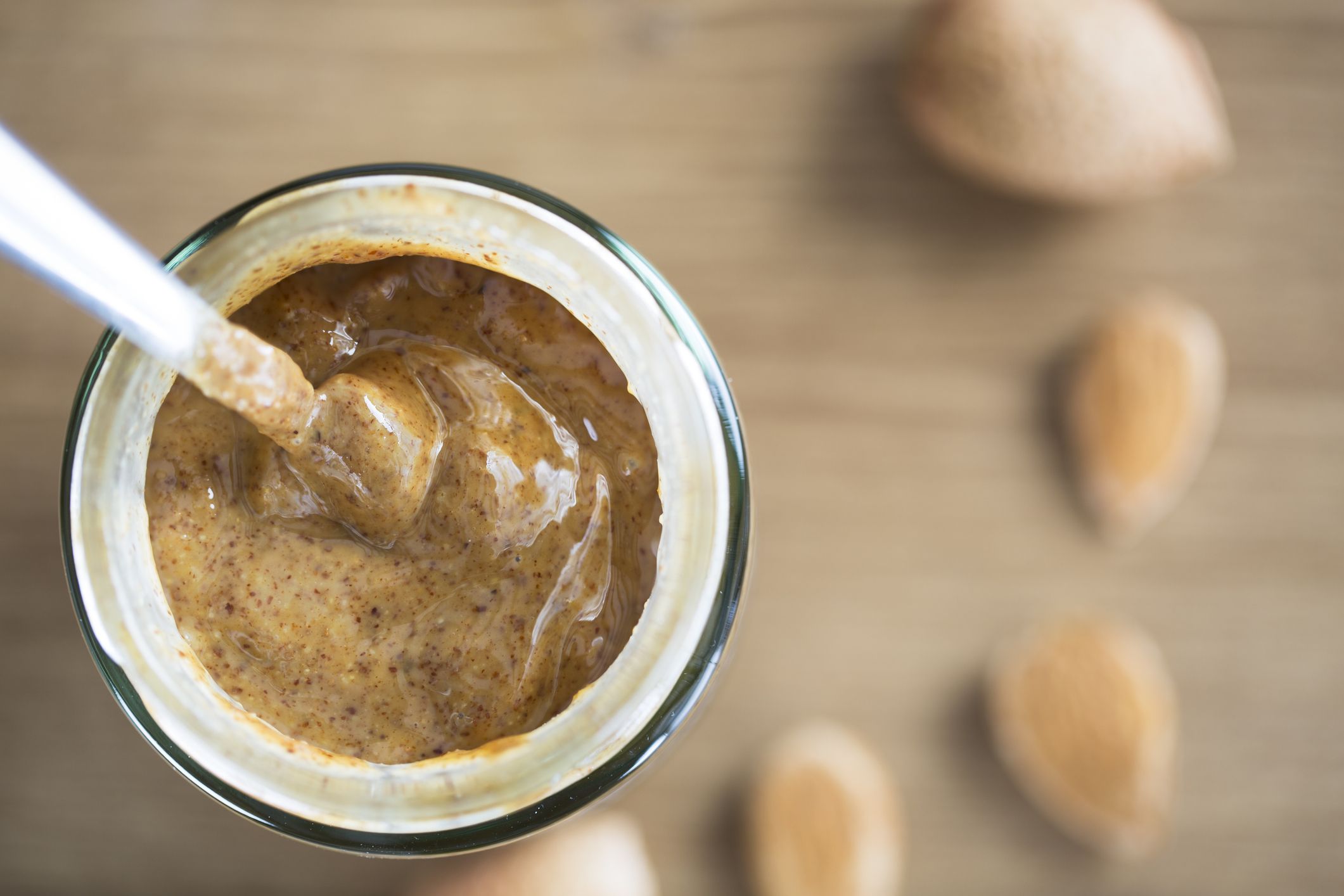
Typically low in carbs but higher in fat and protein, nut butters can make for great snacks. Almond butter provides nice variety if you’re typically all about the peanut butter, says Alex Lewis, RD, LDN, dietitian for Baze, who likes pairing it with veggies (like baby carrots) or mixing it into unsweetened yogurt forlow-carb, higher-protein eats.
Per 2 tbsp serving: 190 cal, 17 g fat (1.5 g sat), 6 g carbs (2 g net carbs), 4 g fiber, 0 g sugar, 0 mg sodium, 7 g protein
3. Almond Milk

As long as it’s unsweetened, almond milk is a good go-to for low-carb, high-protein eaters (much like almond butter), according to Lewis. Use it to make satisfying chia puddings or protein shakes.
Per 1 cup, unsweetened : 36.6 cal, 2.68 g fat (0 g sat), 1.42 g carbs (1.42 g net carbs), 0 g sugar, 173 mg sodium, 0 g fiber, 1.44 g protein
4. Baked Cheese Snacks
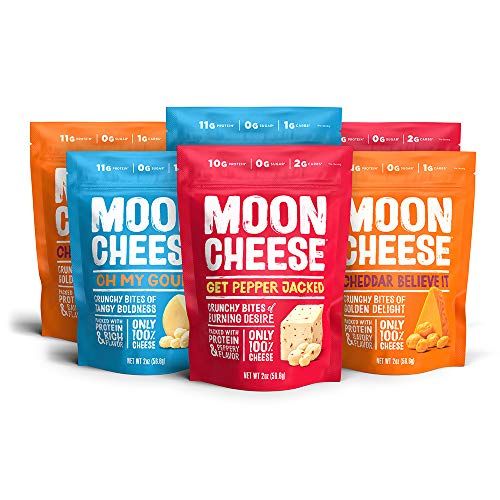
Savory, crunchy cheese snacks are portable, non-perishable, and packed with protein, says Harris-Pincus. Plus, they’re an excellent source of calcium (and sure to satisfy your chip cravings).
Per 1-oz serving: 170 cal, 14 g fat (9 g sat), 2 g carbs (1 g net carbs), 1 g fiber, 1 g sugar, 350 mg sodium, 11 g protein
5. Scallops
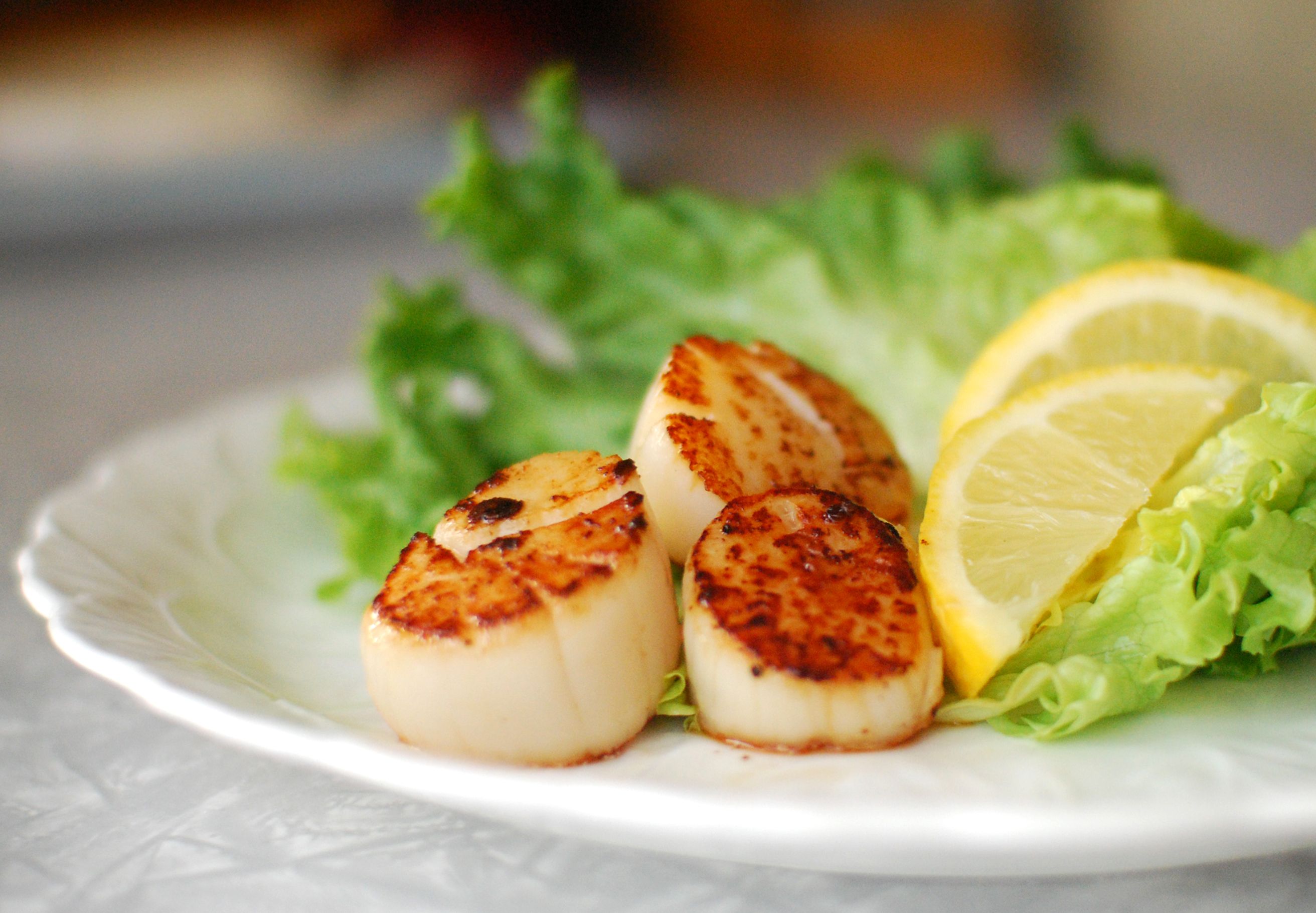
Scallops are another high-protein, low-carb seafood item. “They’re a good source of potassium and magnesium, which are both important for heart and brain health,” says Martin.
Per serving (3 oz): 90 cals, 0.5 g fat (0 g sat), 5 g carbs (5 g net carbs), 570 mg sodium, 0 g fiber, 0 g sugar, 17 g protein
6. Sunflower Seed Butter
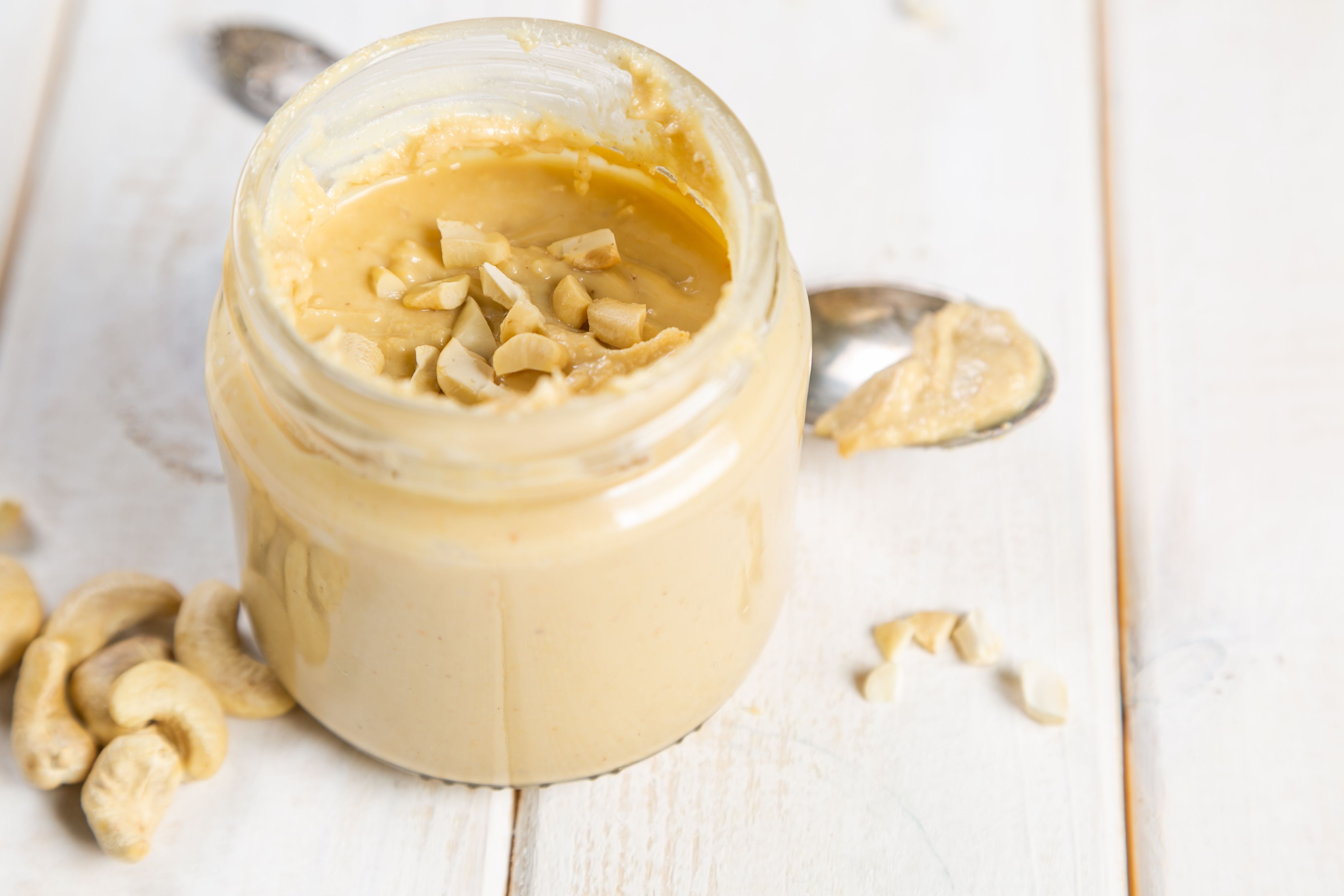
There’s more to life than just peanut butter (yes, gasp!) “Most people know about peanut butter but not as many people try other nut butters,” says Angelone. One popular option lately (which is technically a seed butter): sunflower butter, which is inexpensive and high in protein.
Per 2 tbsp: 200 cal, 18 g fat (1.5 g sat), 7 g carbs (5 g net carbs), 3 g sugar, 65 mg sodium, 2 g fiber, 6 g protein
7. Canned Tuna

Tuna is easy to enjoy and keep on hand. “Just two ounces of pure protein is an easy way to make any meal or snack high protein. Just make sure to purchase a low-mercury option like Safe Catch if you’re enjoying it regularly,” says Lewis. Pair with veggies, as a base for tuna salad, or use on sandwiches—it’s quite a versatile ingredient.
Per 2-oz serving: 270 cal, 0.5 g fat (0 g saturated), 0 g carbs (o g net carbs), 0 g fiber, 0 g sugar, 230 mg sodium, 14 g protein
8. Flaxseed
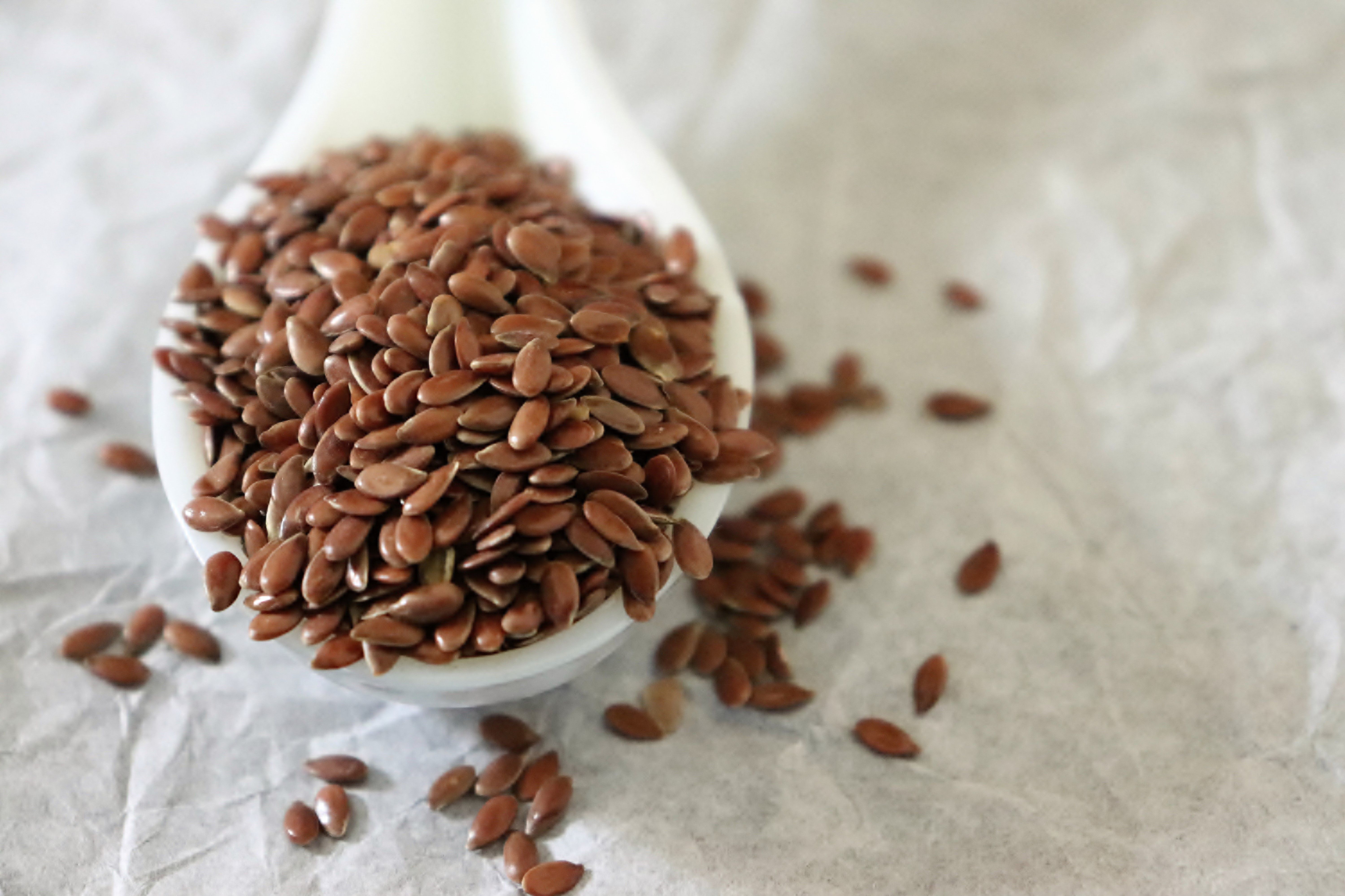
Flaxseed is a good source of protein that yields heart health benefits. “The fiber in flaxseed can help lower total and ‘bad’ cholesterol (a.k.a. LDL cholesterol), while ALA may support heart health by helping to lower blood pressure and cholesterol,” she says.
Per 1/3-cup serving: 170 cal, 13 g fat (1 g sat), 9 g carbs (1 g net carbs), 8 g fiber, 0 g sugar, 10 mg sodium, 5 g protein
9. Spirulina
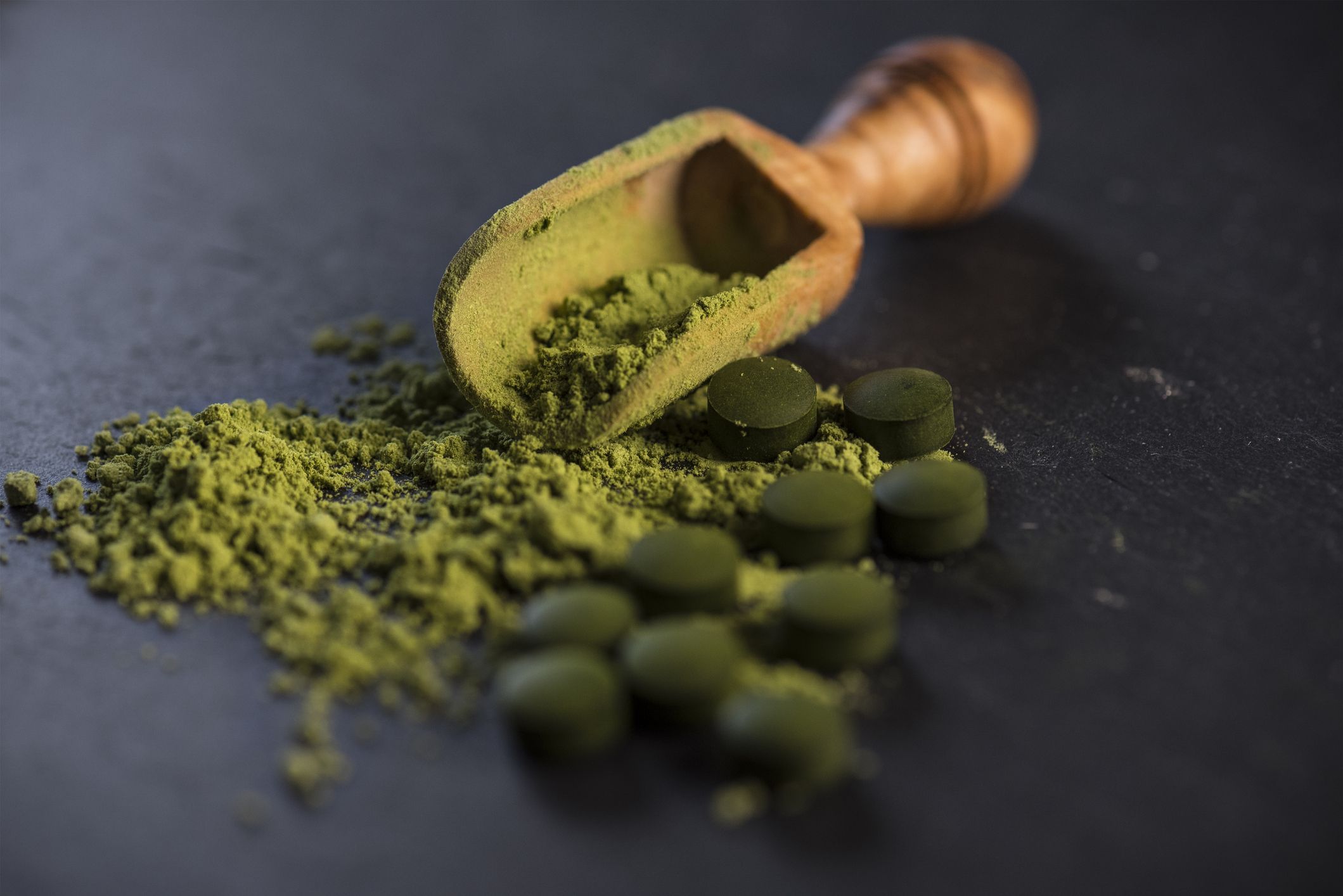
“Spirulina is a type of blue-green algae that’s used as a dietary supplement thanks to its high nutritional value,” says Martin. “Protein makes up about 60 percent of spirulina’s dry weight, making it a better source of protein than most vegetables.” It’s also rich in numerous vitamins, minerals, and antioxidants. Try it in smoothies.
Per 1-tsp serving: 5 cal, 0 g fat (0 g sat), 1 g carbs (1 g net carbs), 0 g fiber, 0 g sugar, 25 mg sodium, 1 g protein
10. Lobster

“Lobster is an excellent source of lean protein that boasts an impressive nutritional profile. It’s a good source of vitamin B12 and choline, which support brain function,” says Martin. Enjoy without the roll and heavy dressings to keep it low in carbs and healthy.
Per 3-oz serving: 81 cal, 0.5 g fat (0.01 g sat), 1 g carbs (1 g net carbs), 588 mg sodium, 0 g fiber, 0 g sugar, 17 g protein
11. Pumpkin Seeds

Like nuts, pumpkin seeds are a great source of protein and are rich in numerous antioxidants, vitamins, and minerals, especially magnesium. “Magnesium is the fourth most common mineral in the body and is involved in everything from the creation of energy to the digestive regulation,” says Martin. “It also plays a role in the body’s stress response system, and deficiency is associated with higher stress and anxiety.”
Per 1/4-cup serving, shelled pumpkin seeds: 180 cal, 14 g fat (3.5 g sat), 4 g carbs (1 g net carbs), 3 g fiber, 1 g sugar, 5 mg sodium, 9 g protein
12. Venison
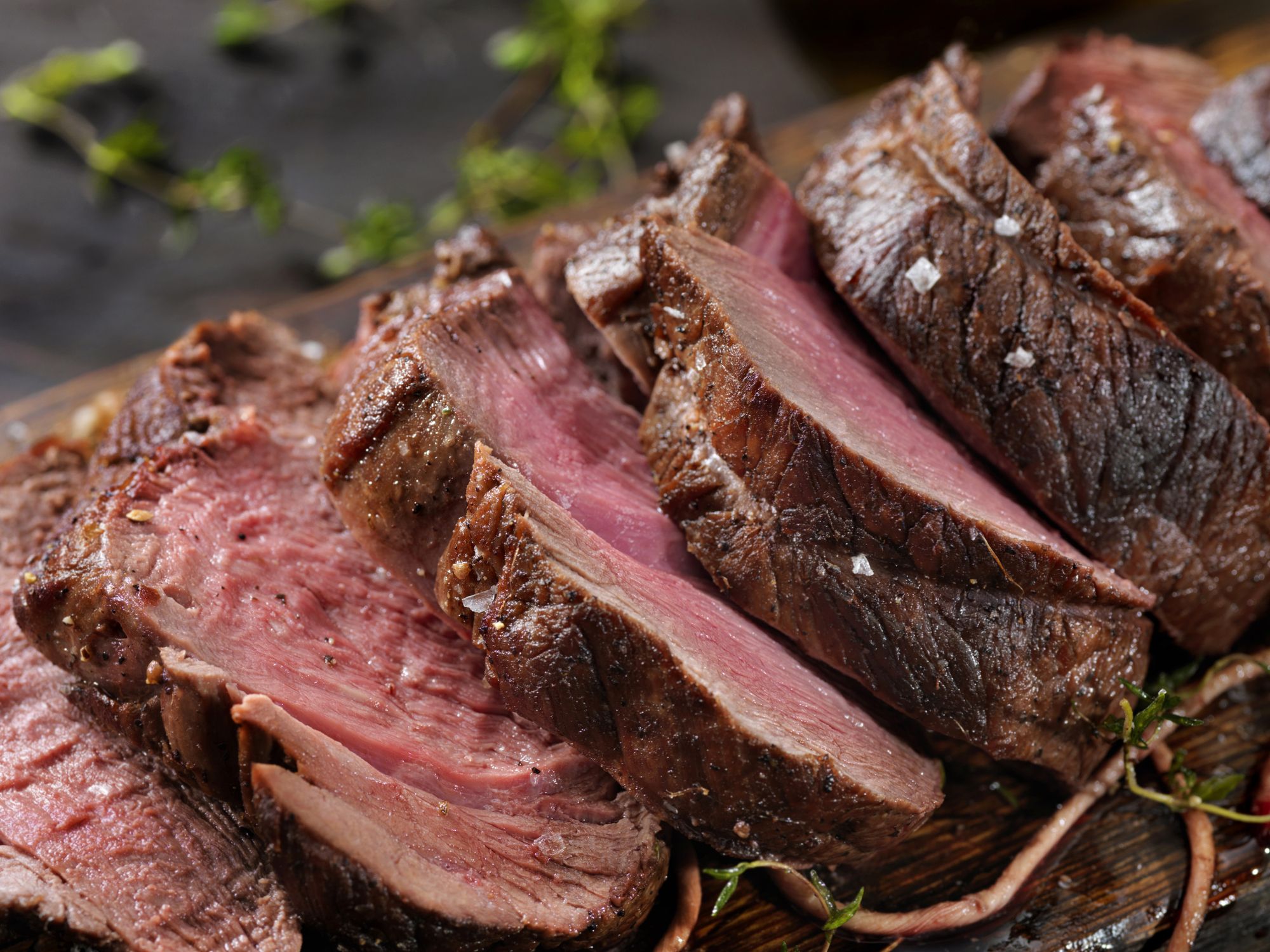
Feelingadventurous? “Venison is an excellent source of protein that’s lower in fat compared to some other animal proteins,” says Martin. “It’s alsofree of carbs and lower in calories than beef and chicken.” If you’re hesitant to give the protein a try, test it out in jerky form first.
Per 3-oz serving: 134 cals, 2.7 g fat (1.1 g sat), 46 mg sodium, 0 g carbs (o g net carbs), 0 g fiber, 0 g sugar, 26 g protein
13. High-Protein Cereal
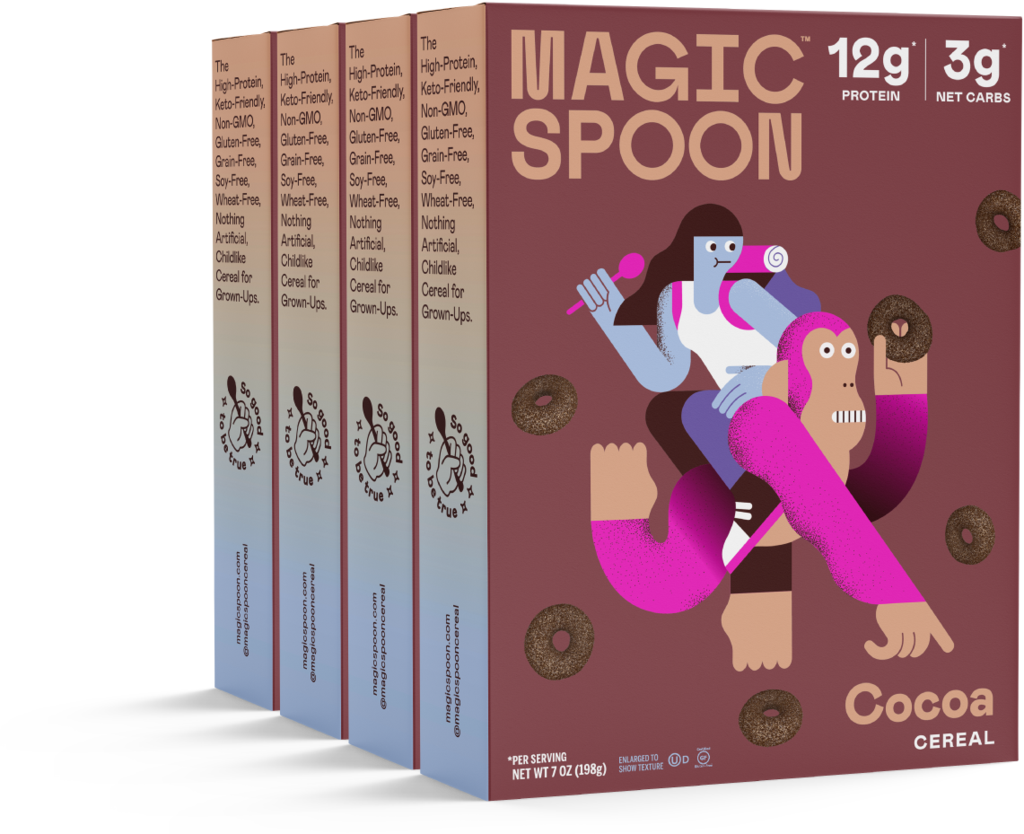
Thanks to the popularity of low-carb diets like keto, you can even find high-protein, low-carb cereals these days. One Harris-Pincus likes: Magic Spoon. “It’s made with allulose, stevia, and monk fruit, so it tastes like regular sugar but has 90 percent fewer calories and no impact on blood sugar,” she explains.
Per 3/4-cup serving: 110 cal, 6 g fat (5 g sat), 8 g carbs (3 g net carbs), 2 g fiber, 0 g sugar, 60 mg sodium, 12 g protein
14. Tempeh
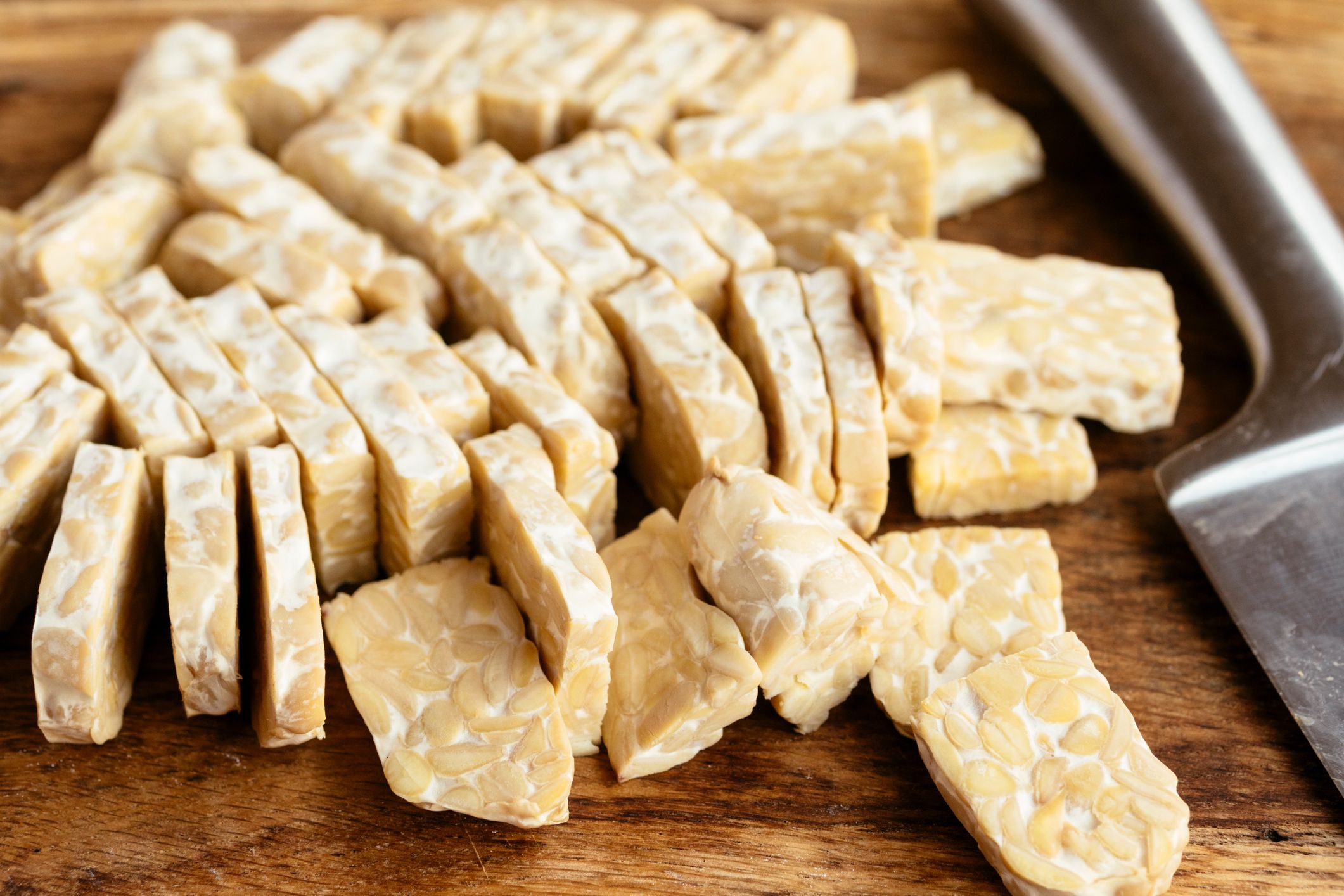
Made from fermented soybeans that are cooked and packed into a dense, brick shape, tempeh “is a close relative of tofu and a protein powerhouse,” says Lewis. “It also contains probiotics (healthy bacteria) and a boatload of fiber.” The versatile ingredient is often cooked into a crispy meat substitute that can take on the flavor of any dish it’s a part of.
Per 4 oz serving: 230 cal, 8 g fat (1.5 g sat), 16 g carbs (4 g net carbs), 12 g fiber, <1 g sugar, 10 mg sodium, 22 g protein
15. Halibut
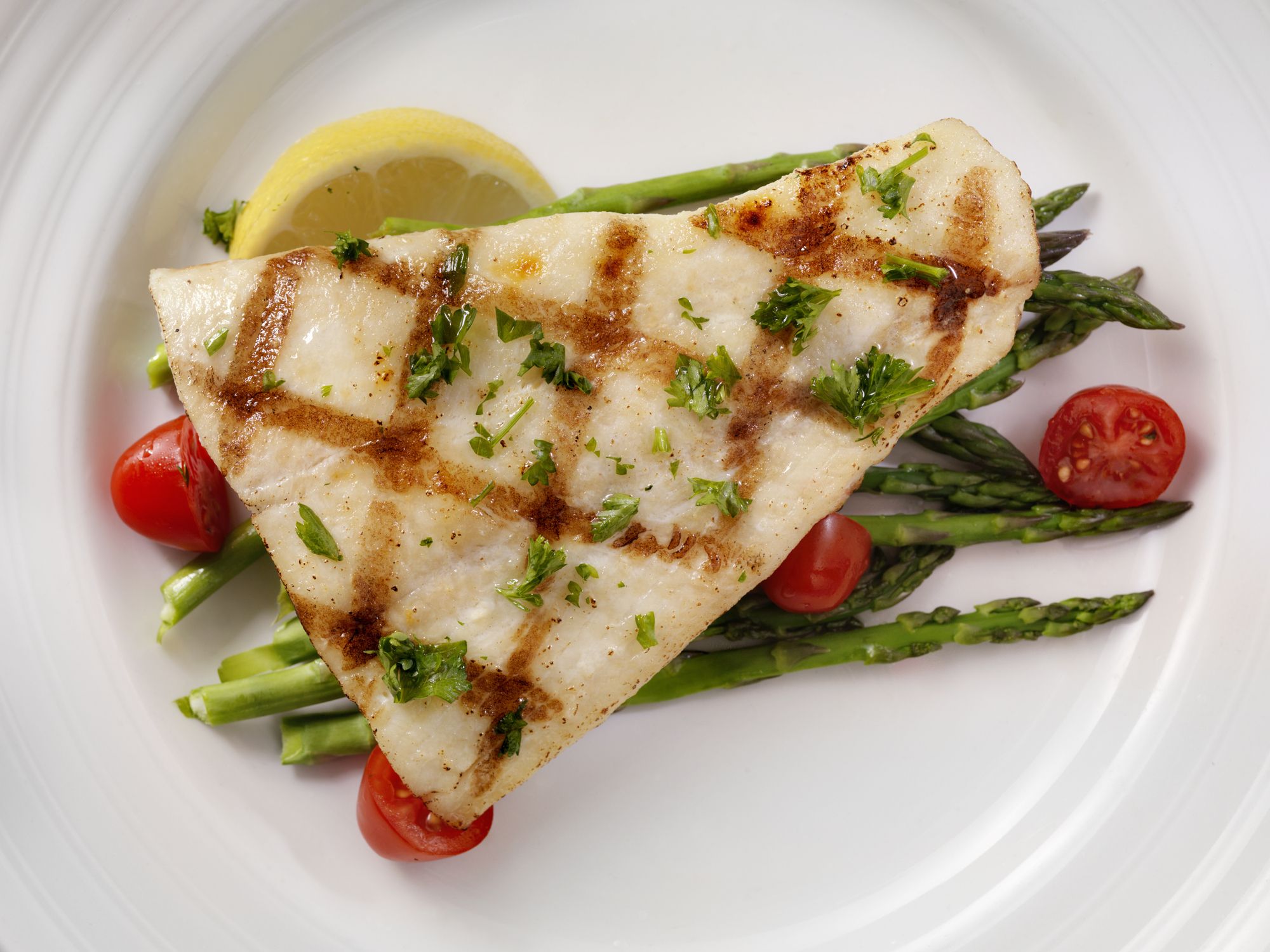
If tuna’s not your jam, halibut is a high-quality source of protein with a milder flavor. “Halibut contains some fat, but mostly the heart-healthy mono- and poly-unsaturated kinds,” Martin says. (It also contains other heart-healthy nutrients like selenium and magnesium.)
Per 3-oz serving: 94 cal, 2 g fat (0.3 g sat), 46 mg sodium, 0 g carb (o g net carbs), 0g sugar, 0 g fiber, 18 g protein
16. Almond Flour

Noticing the almond trend here? You can use almond flour in all sorts of low-carb cooking and baking, from pancakes to pasta. “The benefit is that it’s lower in carbs than whole-wheat or white flou and has a bit more protein than some grain-based flours,” says Lewis.
Per 3 tbsp serving: 100 cal, 9 g fat (0.5 g sat), 4 g carbs (2 g net carbs), 2 g fiber, 1 g sugar, 0 mg sodium, 4 g protein
17. Snacking Cheese
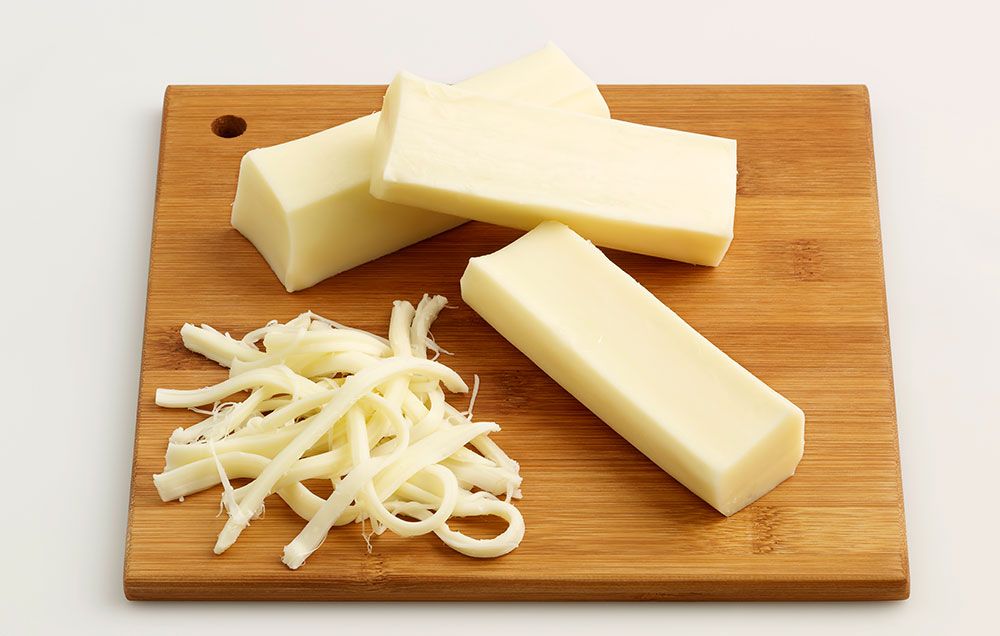
String cheese and Mini Babybels are a go-to for Lauren Harris-Pincus, RDN, nutritionist and author of The Protein-Packed Breakfast Club. “Mini Babybel offers 100 percent real-cheese snacks in a convenient and fun little package. One creamy cheese round provides at least four grams of protein and zero grams of carbs for 70 calories or less,” she says.
Per cheese stick: 50 calories, 2.5 g fat (1.5 g sat), 160 mg sodium, 1 g carbs (1 g net carbs), 0 g sugar, 0 g fiber, 4 g protein
18. Pistachios
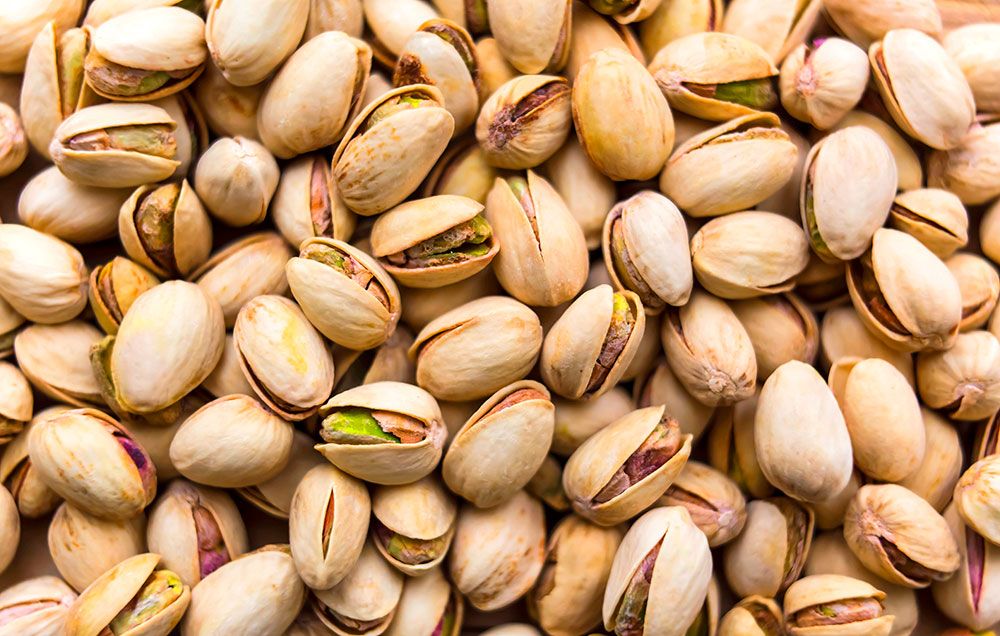
“Pistachios make an excellent snack, with 30 nuts providing only 100 calories and five grams of carbs,” says Harris-Pincus. (These little nuts can also help aid weight-loss efforts.)
Per 1/4-cup serving: 172 cal, 14 g fat (2 g sat), 0 mg sodium, 8 g carbs (5 g net carbs), 2.3 g sugar, 3 g fiber, 6 g protein
19. Salmon
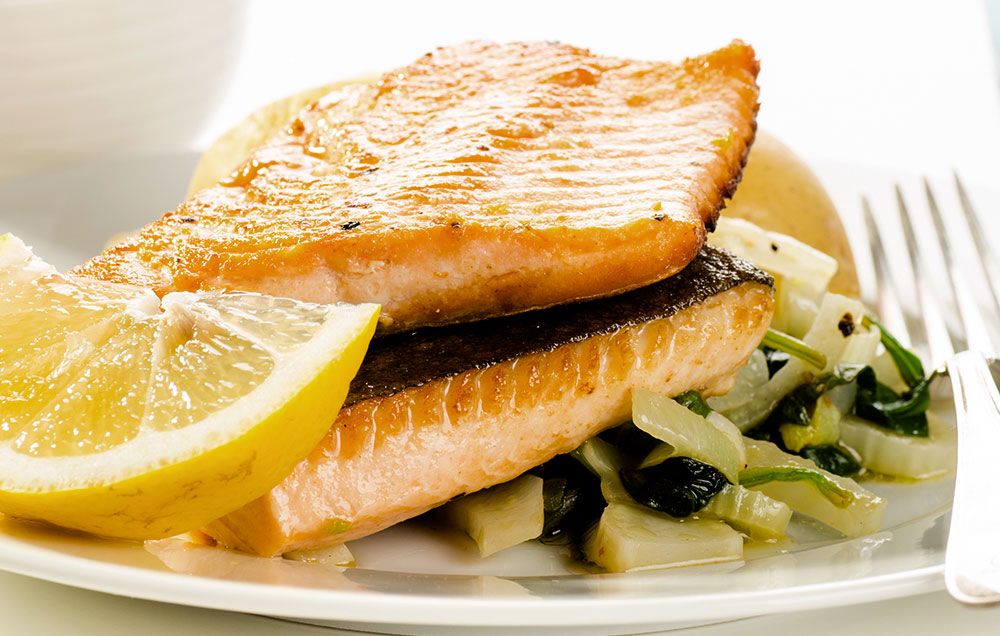
If you’re on a high-protein, low-carb diet, fish is your best friend. “Fish is a brain-boosting protein, and fatty fish, in particular, helps you get essential omega-3 fatty acids important for healthy arteries, reduced inflammation, and a healthy brain,” says Maggie Moon, RDN, dietitian and author of The MIND Diet.
Per 3-oz serving: 177 cal, 11 g fat (3 g sat), 50 mg sodium, 0 g carbs (0 g net carbs), 0 g sugar, 0 g fiber, 17 g protein
Try these lemon herb salmon kebabs:
20. Greek Yogurt
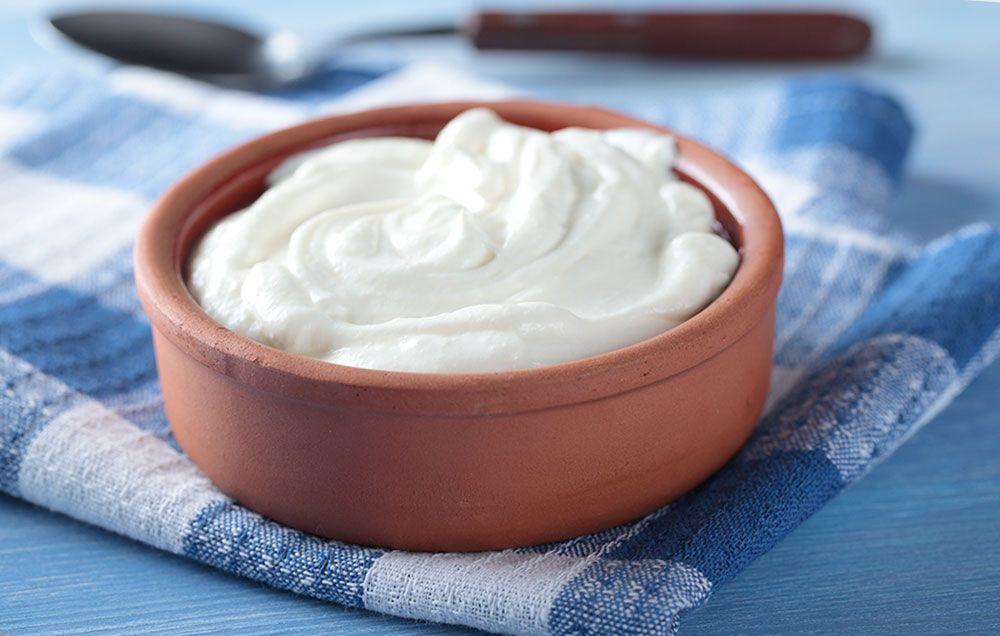
There are many lower-sugar Greek yogurts on the market now, some with just a touch of sugar and others sweetened with Stevia or monkfruit to keep the carb content down without use of artificial sweeteners, says Harris-Pincus. “Look for varieties containing nine grams of sugar or less, and add in nuts or berries for added fiber,” she says.
Per one 7-oz container (plain, low-fat): 146 cal, 4 g fat (3 g sat), 68 mg sodium, 8 g carbs (8 g net carbs), 7 g sugar, 0 g fiber, 20 g protein
21. Ricotta
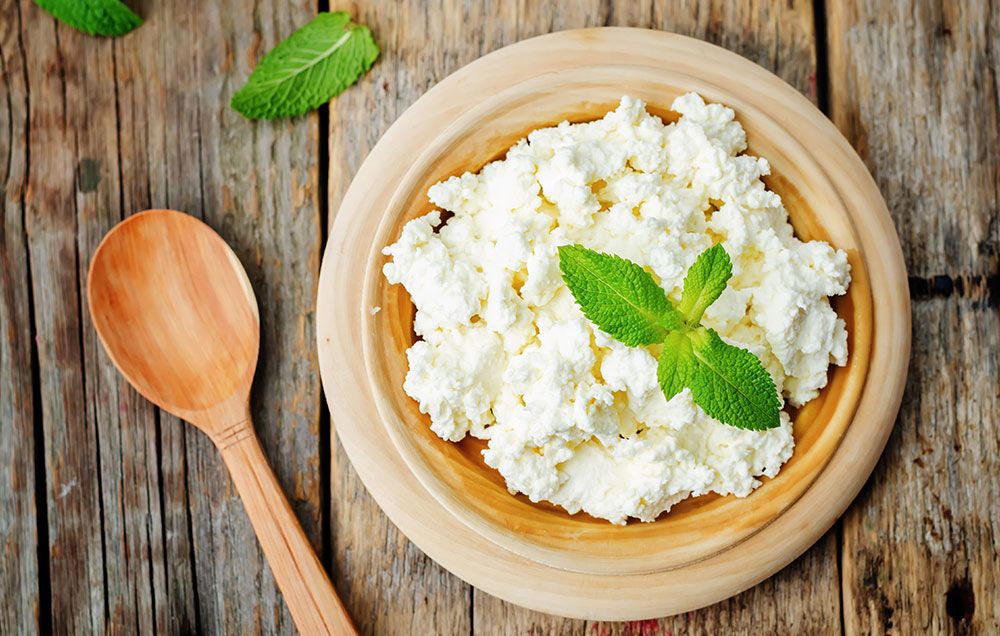
Bored with your usual cheese routine? Creamy ricotta, which is surprisingly high in protein, will help you mix things up, says Moon. Try spreading it on cucumbers for a satisfying low-carb snack.
Per 1/2-cup serving (part-skim): 171 cal, 10 g fat (3 g sat), 123 mg sodium, 6 g carbs (6 g net carbs), 0.4 g sugar, 0 g fiber, 14 g protein
22. Eggs
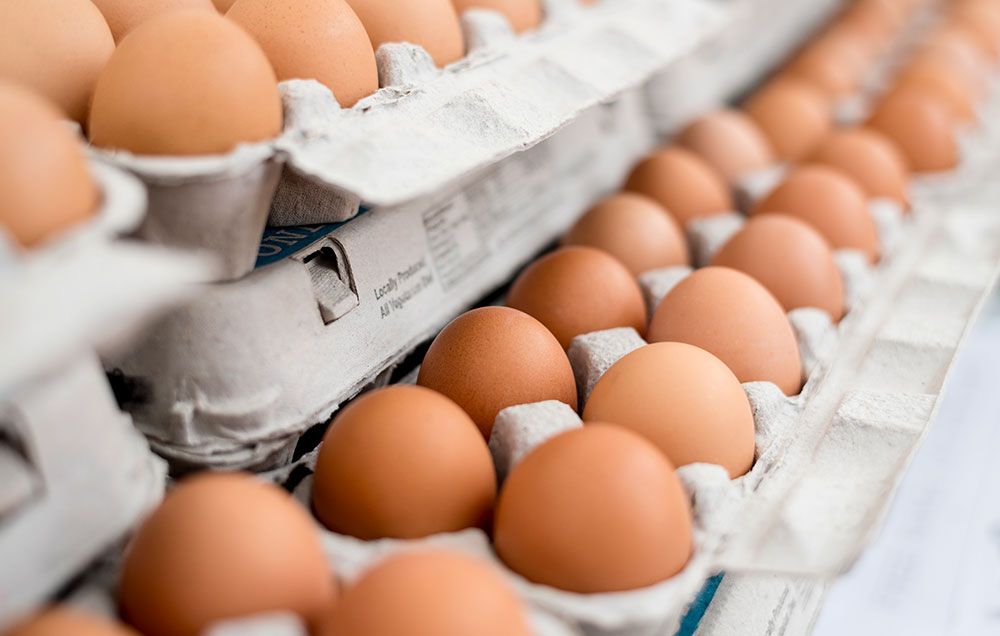
One large egg is a good source of hard-to-get vitamin D, which can improve bone and tooth health, says Moon. “Eggs are also an excellent source of choline (packing 20 percent of your daily value), an under-recognized nutrient important for memory,” she says.
Per large egg: 72 cal, 5 g fat (2 g sat), 71 mg sodium, 0.4 g carbs (0.4 g net carbs), 0.2 g sugar, 0 g fiber, 7 g protein
23. Avocado
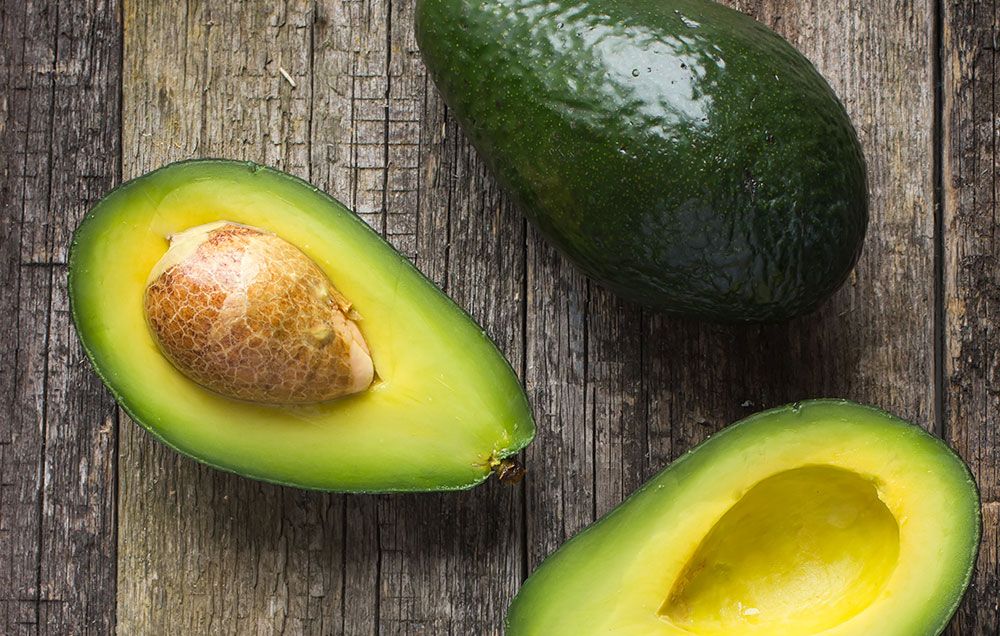
Avocado is a nutritional powerhouse thanks to its high amount of fiber and heart-healthy monounsaturated fats, says Harris-Pincus. “For a low-carb snack, roll up a slice of avocado in a piece of deli turkey,” she says.
Per avocado: 322 cal, 29 g fat (4 g sat), 17 g carbs (3 g net carbs), 1 g sugar, 14 mg sodium, 14 g fiber, 4 g protein
24. Seitan
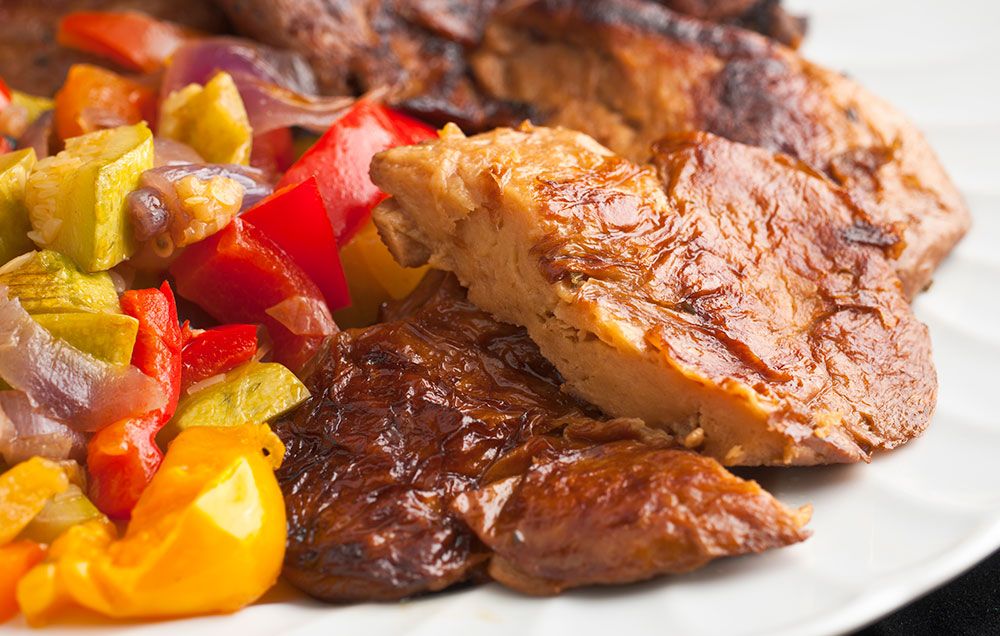
If you’re vegetarian and looking to try a low-carb, high-protein diet, seitan is a must. “Made from wheat, seitan is the gluten protein that remains after wheat flour has been ‘washed,'” says Shaw. “You can use it in stir-fries, sandwiches and, really, any meat-based recipe you’re looking to turn vegetarian.” It does tend to be high in sodium, so be mindful of adding tons of extra salt to it. And, of course, if you have celiac’s disease, steer clear.
Per 2.5-oz serving: 90 cal, 1 g fat (0 g sat), 4 g carbs (3 g net carbs), 2 g sugar, 340 mg sodium, 1 g fiber, 17 g protein
25. Edamame
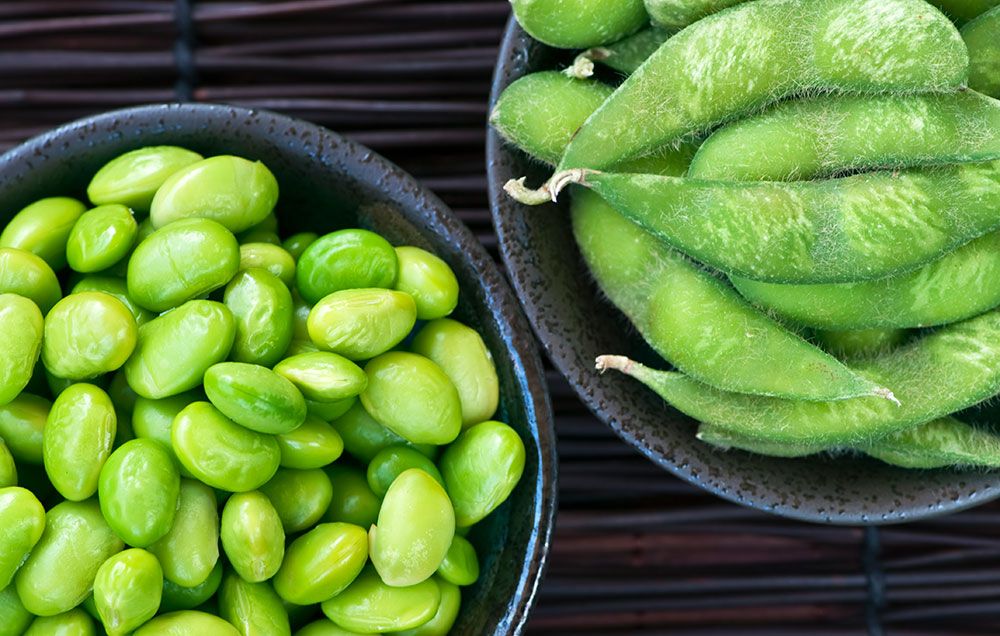
“There’s a reason this crunchy high-protein, low-carbohydrate snack is appearing all over the snack food aisle,” says Shaw. It’s packed with vegetarian protein and iron. You can easily toss this into a salad, stir-fry, or soup. “Brands like Seapoint Farms have even taken to packaging dry roasted edamame for a high-protein, convenient snack on the go,” she adds.
Per 1-cup serving: 188 cal, 8 g fat (1 g sat), 14 g carbs (6 g net carbs), 3 g sugar, 9 mg sodium, 8 g fiber, 18 g protein
26. Mozzarella Cheese
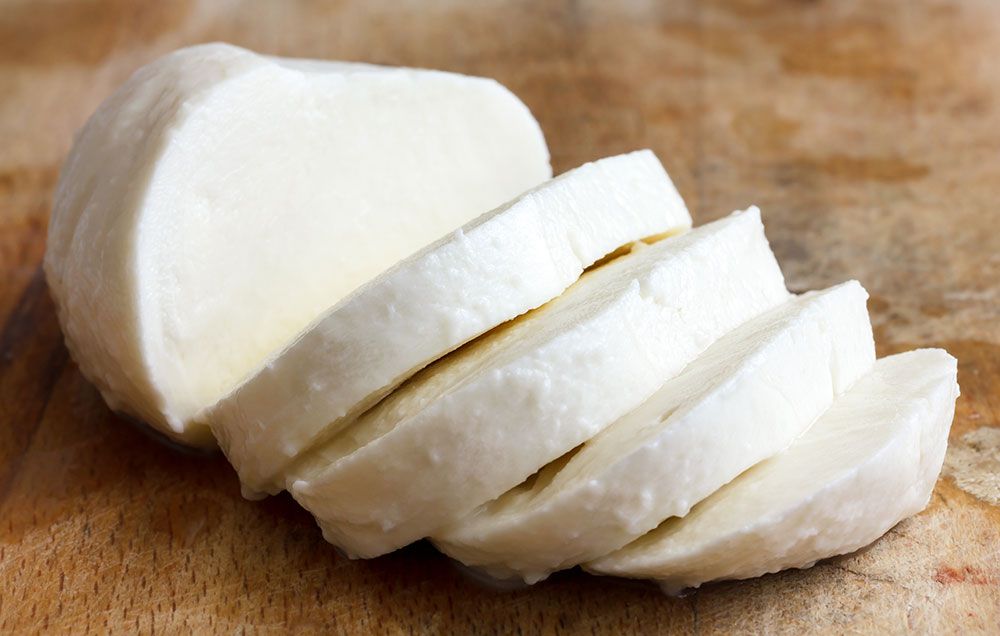
When paired with tomato and basil, who can resist this high-protein, low-carbohydrate snack? “A one-ounce serving of mozzarella provides eight ounces of high-quality protein with only one gram of carbohydrates,” says Shaw.
Per 1-oz serving (part-skim): 72 cal, 5 g fat (3 g sat), 1 g carbs (1 g net carbs), 0.3 g sugar, 175 mg sodium, 0 g fiber, 7 g protein
27. Almonds
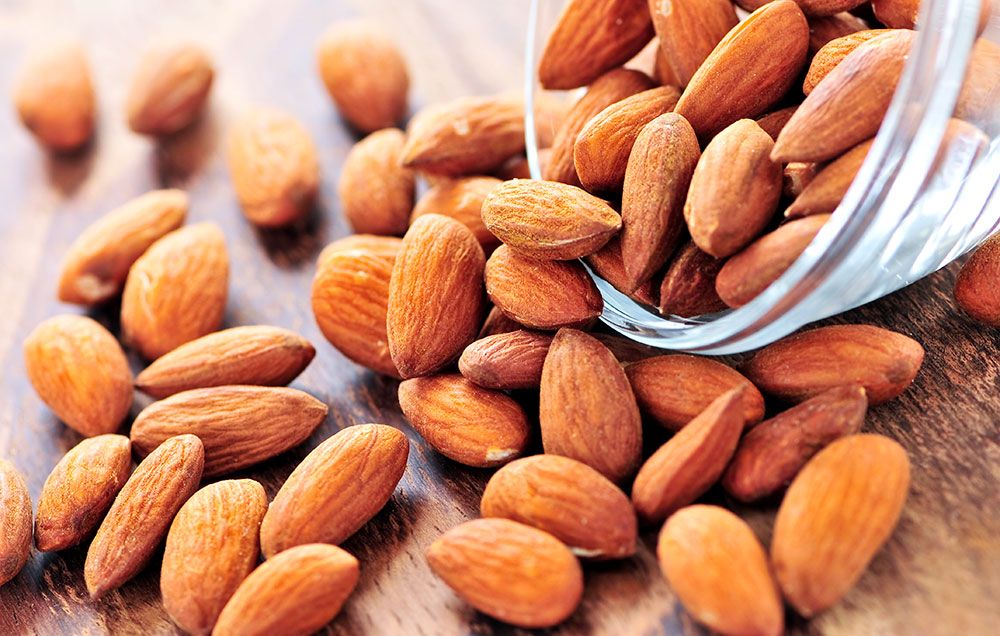
Like pistachios, almonds also make a great high-protein, low-carb snack. “Research suggests that eating nuts like almonds is linked to longer lifespan, less belly fat, improved brain health, and more,” says Moon. Here for allll of that.
Per 1/4-cup serving: 207 cal, 18 g fat (1 g sat), 8 g carbs (2 g net carbs), 2 g sugar, 0 mg sodium, 5 g fiber, 8 g protein
28. Deli Turkey Meat
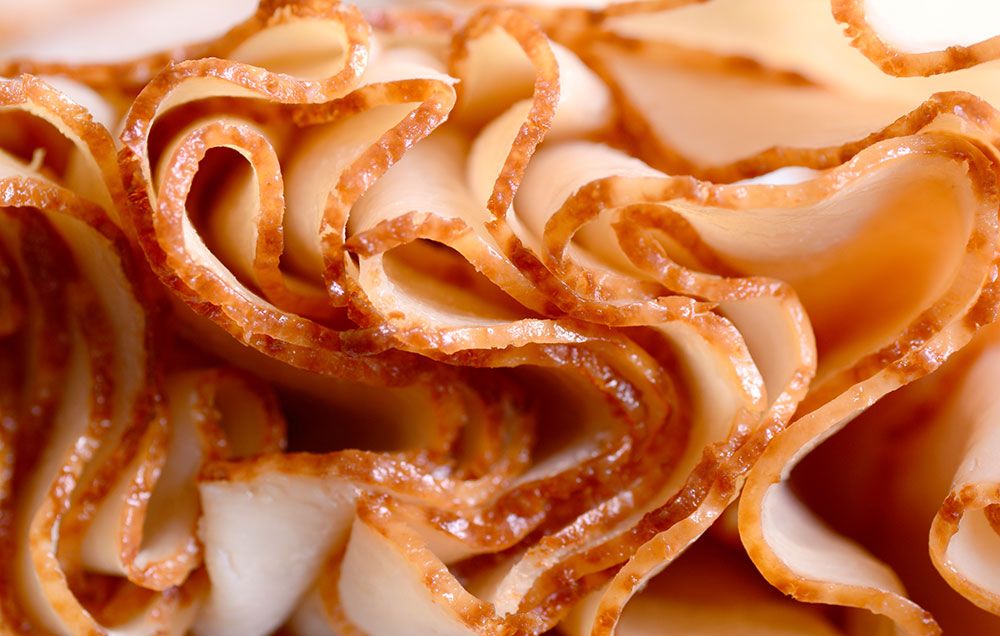
“Deli turkey makes an easy lunch or fast snack,” says Harris-Pincus. “Spread on one tablespoon of hummus and create roll-ups for an additional 25 calories, one gram protein, two grams of carbs, and one gram fiber,” she says. (You can also try these deli turkey kebabs for lunch.)
Per 2-oz serving: 62 cal, 0.5 g fat (0.1 g sat), 2 g carbs (1.7 g net carbs), 2 g sugar, 440 mg sodium, 0.3 g fiber, 12 g protein
29. Chia Seeds

“Chia seeds are a secret weapon on any diet plan since they absorb about 10 times their weight in water and help keep you full,” says Harris-Pincus. What’s more, the high-protein food is also rich in healthy fats. “Add them to smoothies, oatmeal, yogurt, cereal, and much more,” she says.
Per 1-oz serving: 138 cal, 9 g fat (0.1 g sat), 12 g carbs (2 g net carbs), 2 g sugar, 5 mg sodium, 10 g fiber, 5 g protein
30. Unsweetened Peanut Butter
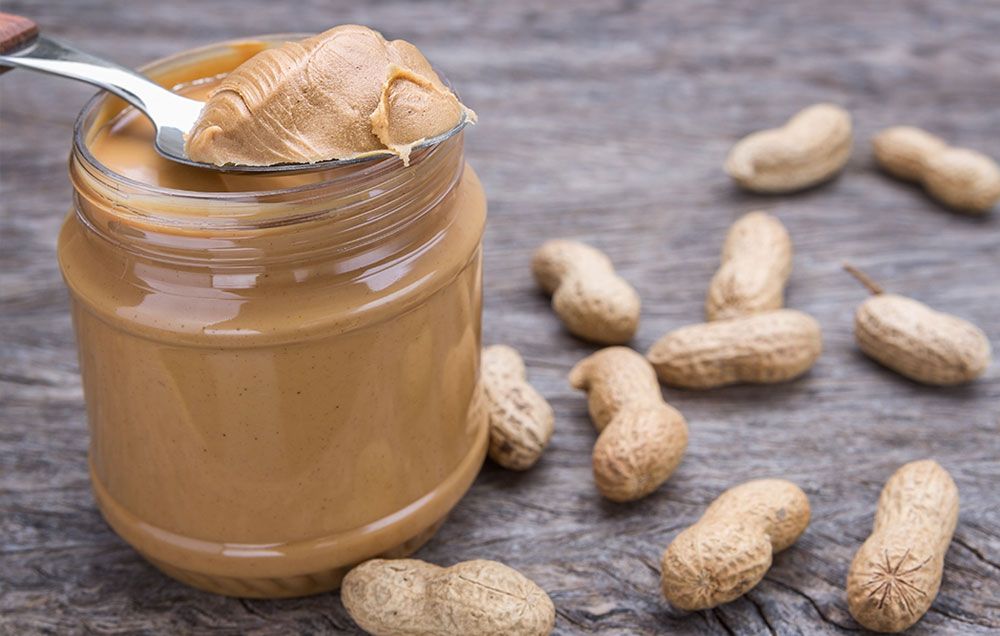
Did you need another reason to open up a fresh jar of peanut butter? “Peanuts have the highest protein content among nuts,” says Harris-Pincus. Just make sure to opt for a jar that’s added-sugar-free.
Per 2-tbsp serving: 190 cal, 16 g fat (2.5 g sat), 7 g carbs (4 g net carbs), 2 g sugar, 0 mg sodium, 3 g fiber, 8 g protein
31. Pumpkin Seeds
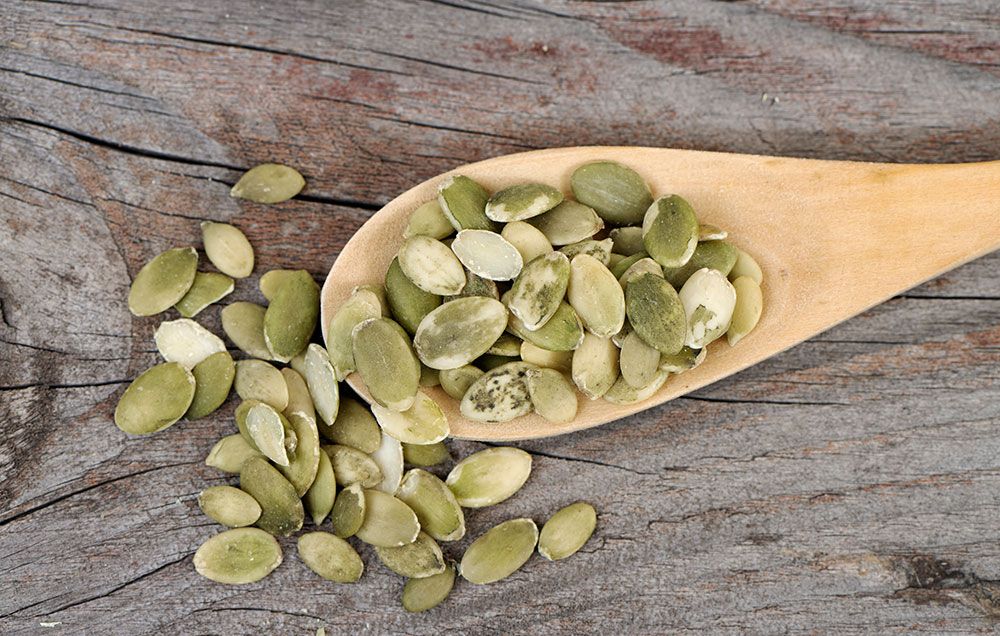
“Pumpkin seeds are fantastic with yogurt, cottage cheese, smoothie bowls, soups, and salads,” says Harris-Pincus. They are also a rich plant-based source of heart-healthy fats, much like those chia seeds.
Per 1-oz serving (roasted): 163 cal, 14 g fat (2 g sat), 4 g carbs (2 g net carbs), 0.4 g sugar, 5 mg sodium, 2 g fiber, 8 g protein
32. Jerky
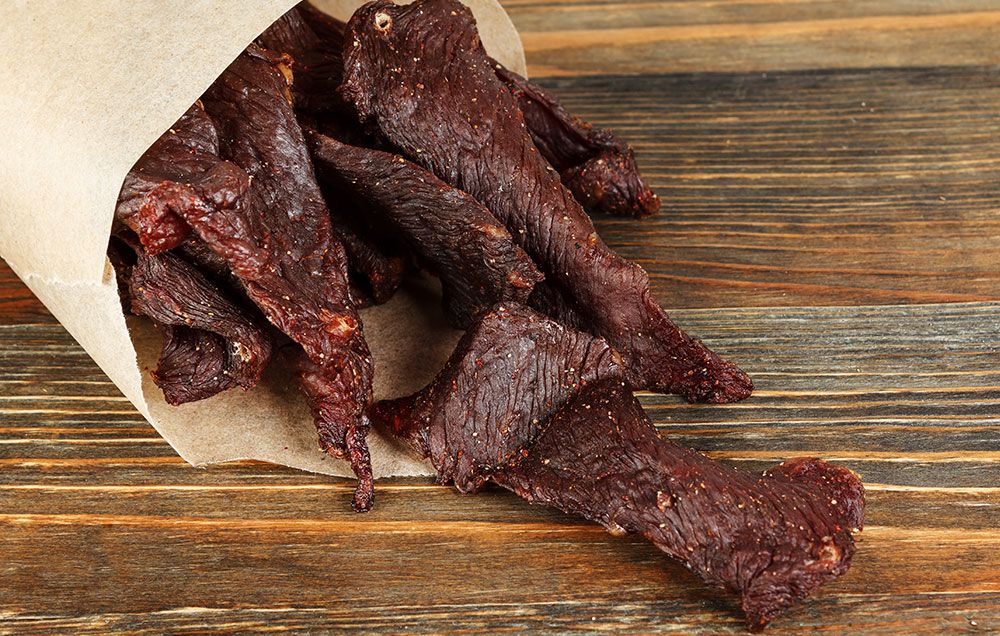
“Jerky is back as a portable snack with many trendy, flavored varieties on store shelves,” says Harris-Pincus—but not all are created equal. Find one that isn’t heavily sweetened (no teriyaki flavor!), and you’ve got yourself a solid low-carb, high-protein snack.
Per 1-oz serving (beef): 116 cal, 7 g fat (3 g sat), 3 g carbs (2.5 g net carbs), 3 g sugar, 506 mg sodium, 0.5 g fiber, 9 g protein
33. Cottage Cheese
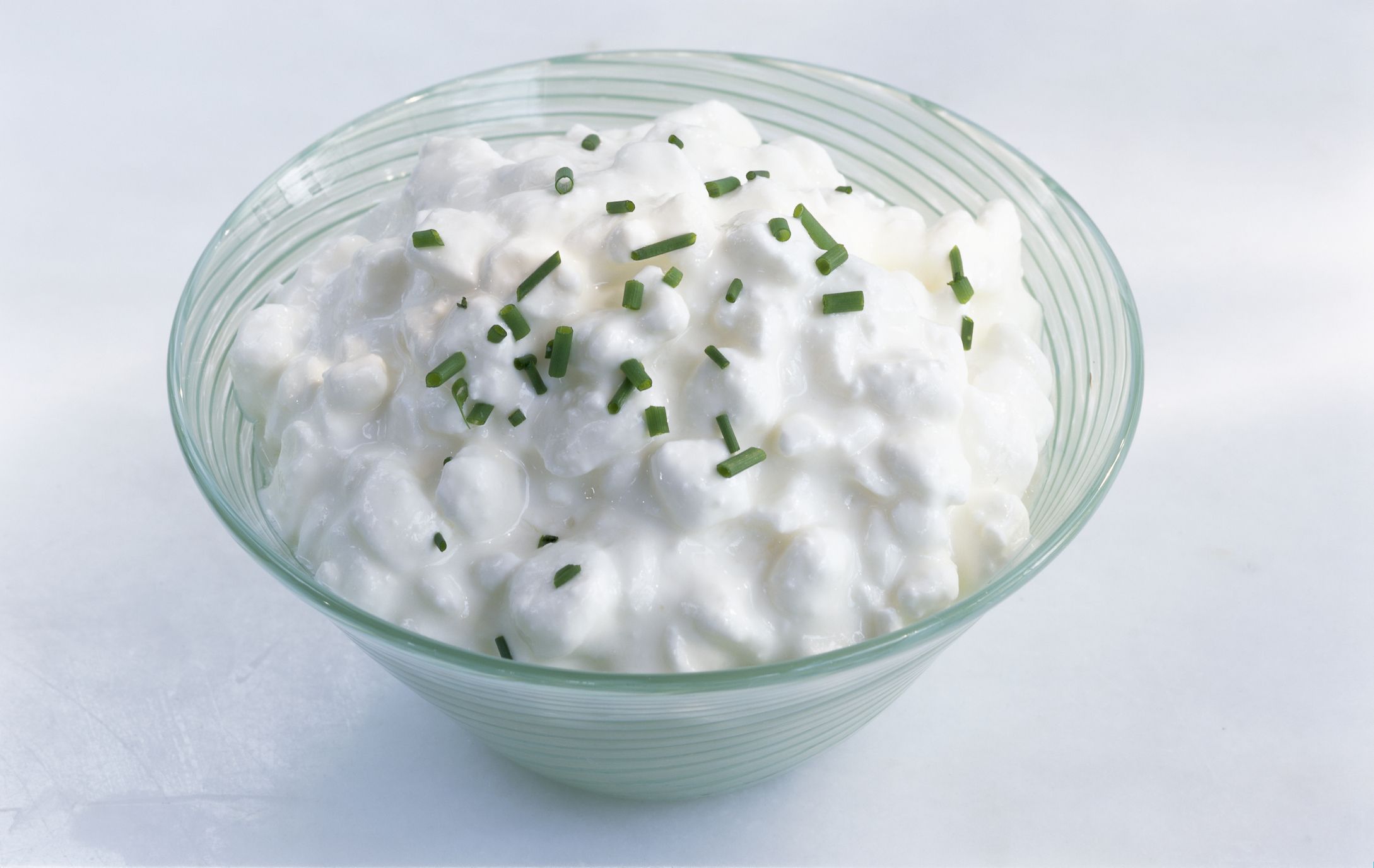
“Cottage cheese is such a great way to boost your protein intake with very few carbs,” says nutritionist Brooke Zigler, RDN. Use it instead of yogurt for a berries-and-granola parfait and you’ll have an easy, filling breakfast.
Per 4-oz serving (low-fat, 2% milkfat): 92 cal, 3 g fat (1g sat), 5 g carbs (5 g net carbs), 5 g sugar, 348 mg sodium, 0 g fiber, 12 g protein
34. Tofu
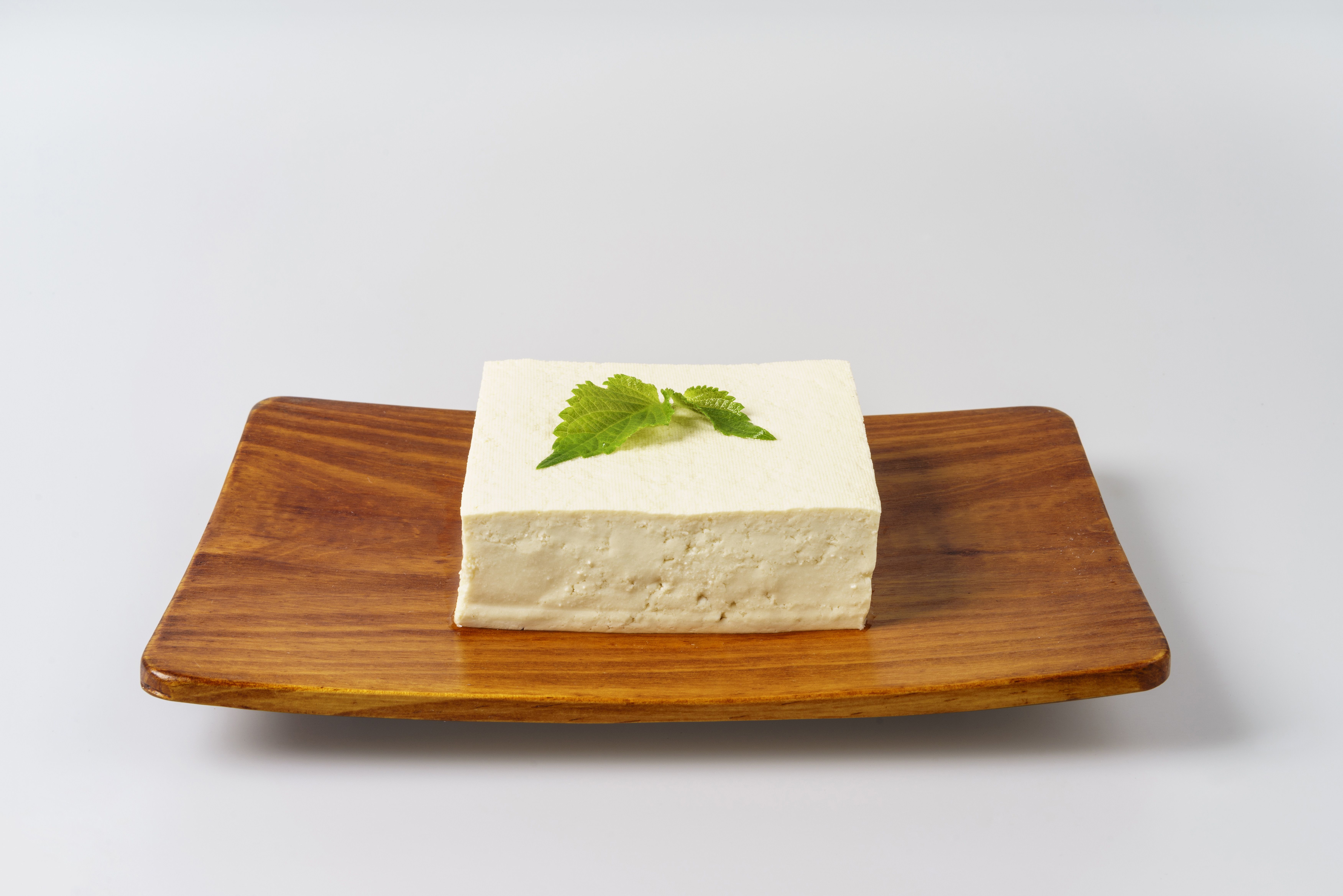
Tofu is an inexpensive source of protein that is extremely versatile and can be a great alternative to meat. “It also has a long shelf life, so it can be a great option to keep in the refrigerator for when you want a quick and easy protein for your meal,” says Zigler. Add it to smoothies for additional protein, or use itin a quick scramble instead of eggs.
Per ½ cup serving: 181 cal, 11 g fat (2 g sat), 4 g carbs (1 g net carbs), 0 g sugar, 18 mg sodium, 3 g fiber, 22 g protein
35. Chicken
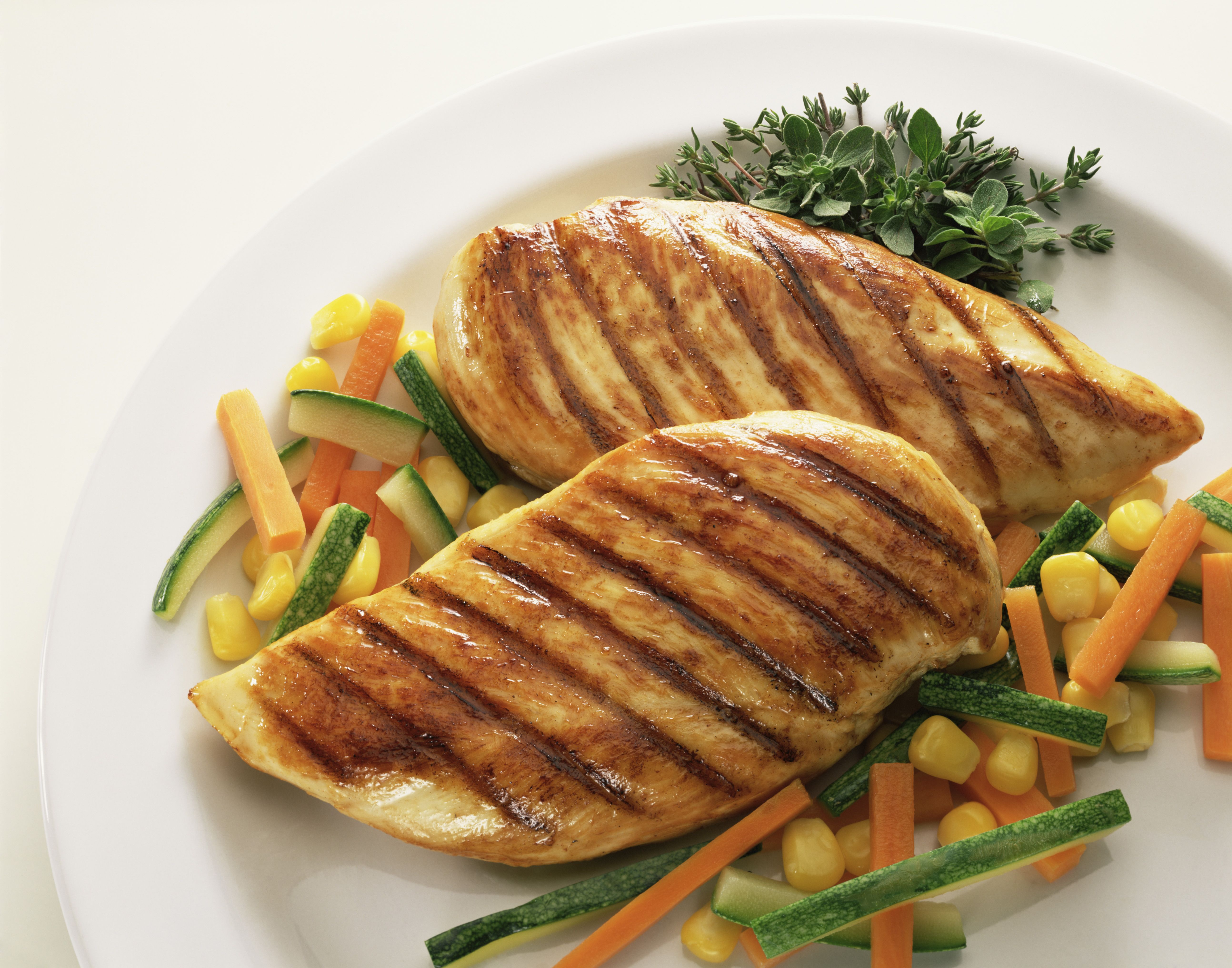
“Skinless chicken breast is one of my favorite sources of lean protein,” says Zigler. “It’s low in saturated fat compared to other meats, which can help someone maintain a healthy weight.” Add it to salads and sandwiches, or eat plain or with some veggies as a meal or snack.
Per 3 oz serving: 140 cal, 3 g fat (0.9 g sat), 0 g carbs (0 g net carbs), 0 g sugar, 63mg sodium, 0 g fiber, 26 g protein
36. Hemp Seeds
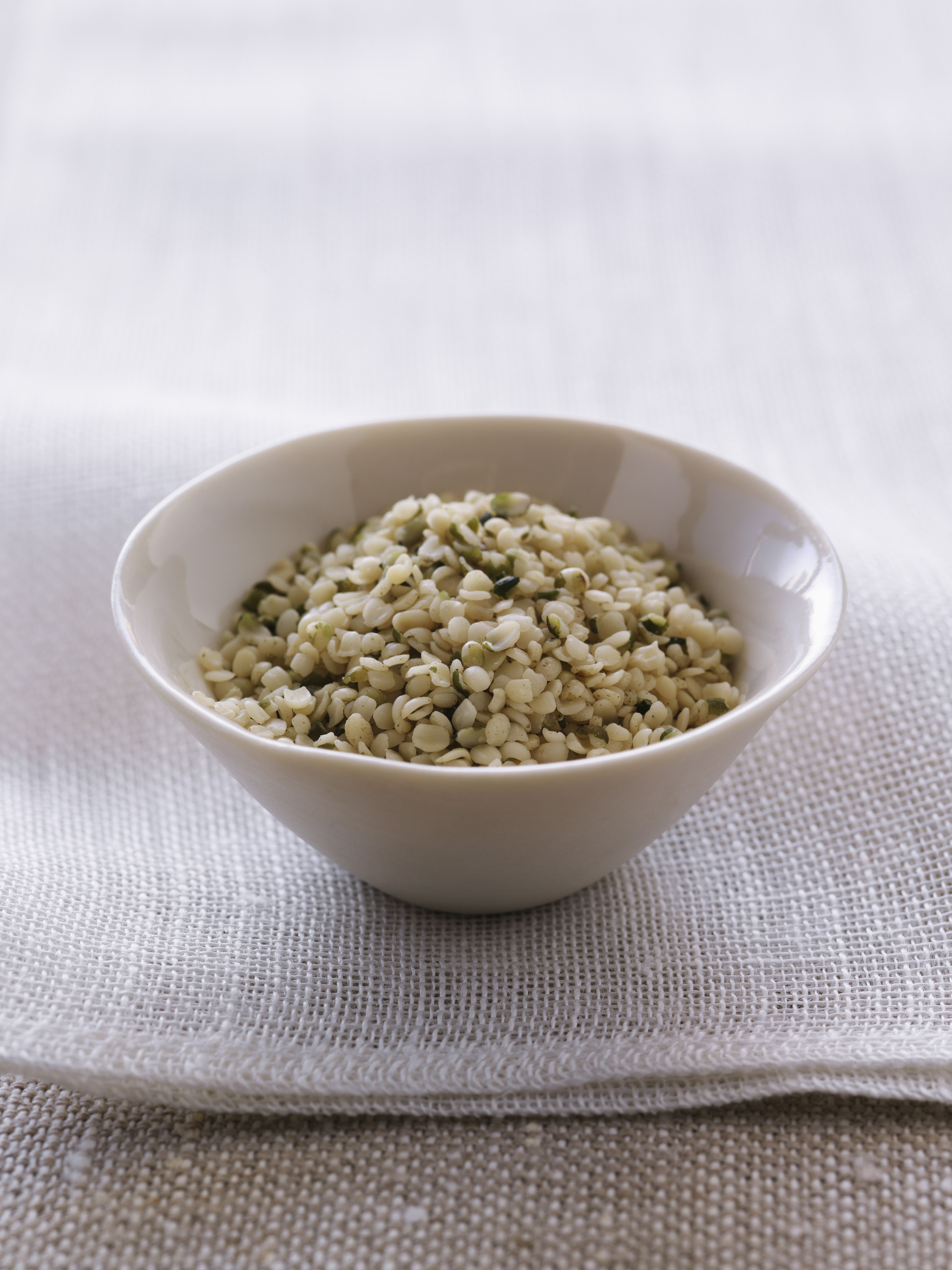
“Technically nuts, hemp seeds are small but mighty when it comes to nutrition and protein,” says Maggie Michalczyk, RD,nutritionist and author of Once Upon a Pumpkin. “More than 25 percent of their total calories come from protein, and they’re a great addition to baked goods, salads, yogurt bowls, and more.” Hemp seeds are also a good source of phosphorus, magnesium, manganese, and iron, and they add a nice nutty, crunchy texture.
Per ¼ cup serving: 170 cal, 120 g fat (1.5 g sat), 3 g carbs (0 g net carbs), less than 1 g sugar, 0 mg sodium, 3 g fiber, 10 g protein
37. Grass-Fed Beef
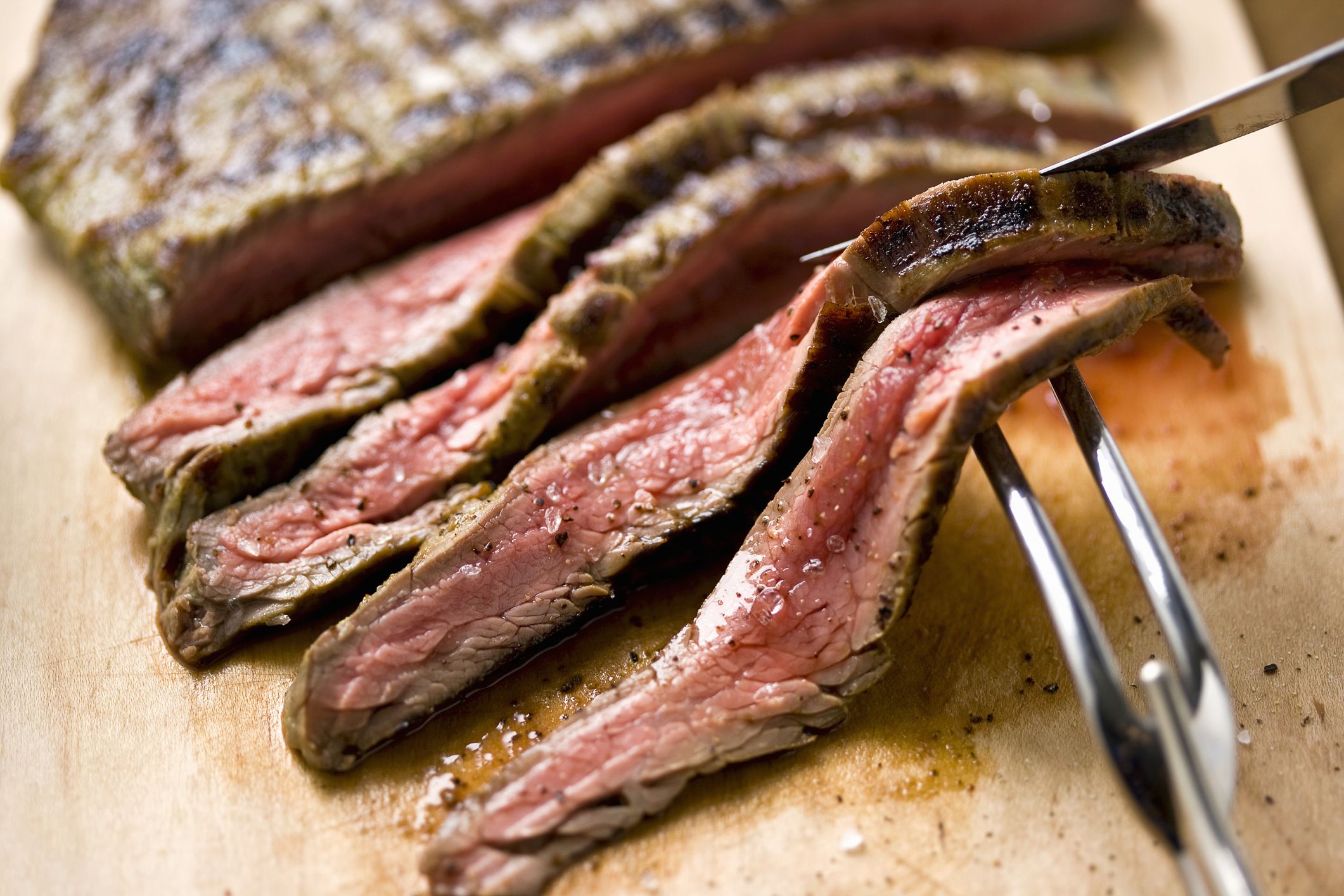
“A great source of protein, grass-fed beef is higher in omega-3 fatty acids and lower in total fat compared to other types of meat,” says Michalczyk. Pair it with nutrient-dense foods, like veggies.
Per 4-oz serving: 157 cal, 7 g fat (3.1 g sat), 0 g carbs (0 g net carbs), 0 g sugar, 72 mg sodium, 0 g fiber, 24 g protein
38. Asparagus

“These vibrant green spears boast a long list of nutrients like vitamin K, antioxidants, and protein. Another higher-protein vegetable, asparagus is a great green to put on your weekly rotation,” says Michalczyk. Grill them with some olive oil or cheese, or add to a stir-fry with meat or tofu.
Per ½ cup serving: 27 cal, 0 g fat (0 g sat), 5 g carbs (2.2 g net carbs), 2.5 g sugar, 3 mg sodium, 2.8 g fiber, 3 g protein
39. Canned Sardines
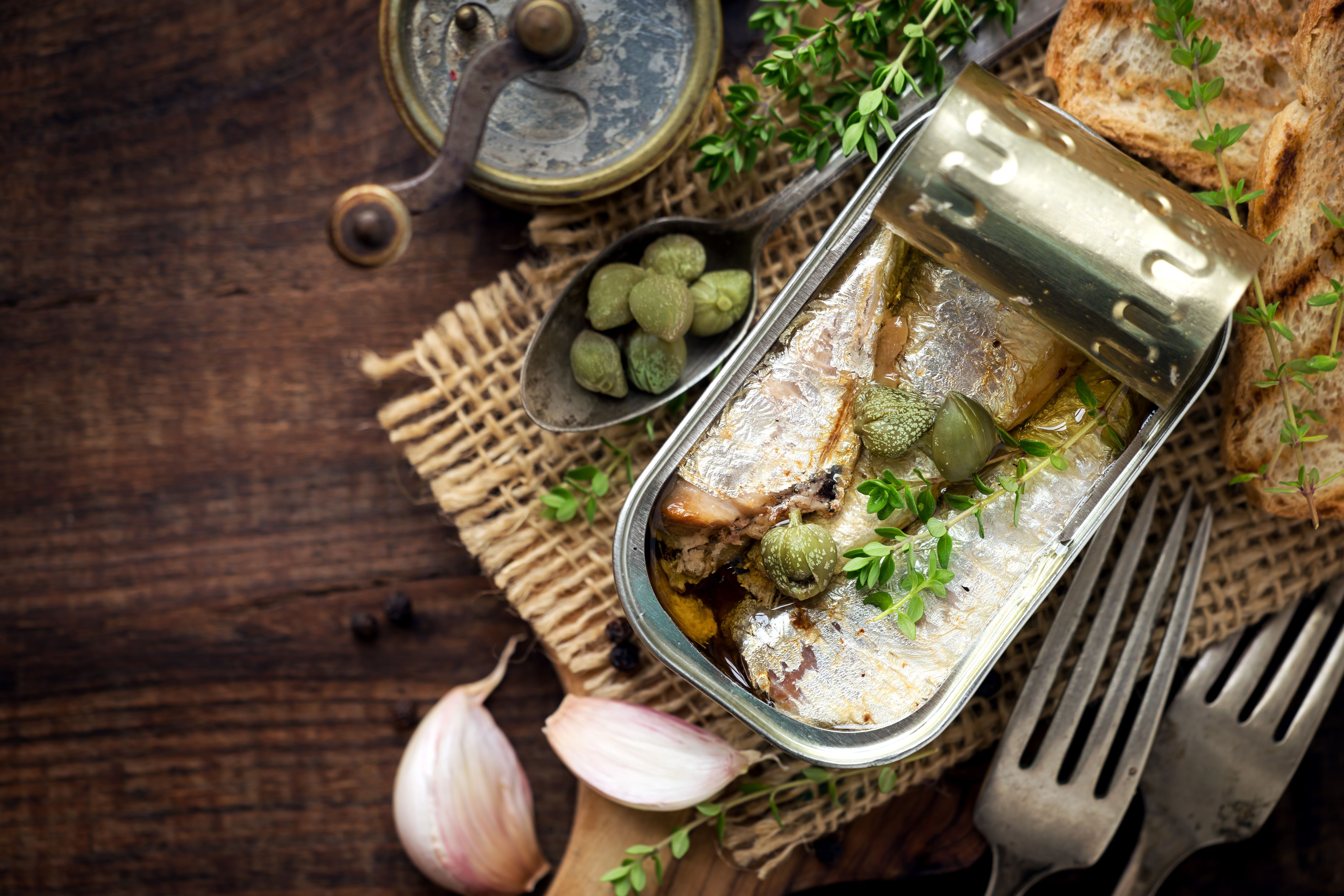
“I like to recommend canned sardines,” says Angelone. “I find people don’t usually eat them because they think they are the same as anchovies which are fishy and salty, but sardines are convenient, high in omega-3 fatty acids, and not very fishy.” Angelone buys a variety without bones, drains out the excess olive oil, and tosses them with eggs, puts them on salads, or combines them with crackers.
Per can: 151 cal, 10 g fat (1 g sat), 0 g carbs (0 g net carbs), 0 g sugar, 370 mg sodium, 0 g fiber, 16 g protein
40. Sunflower Seeds
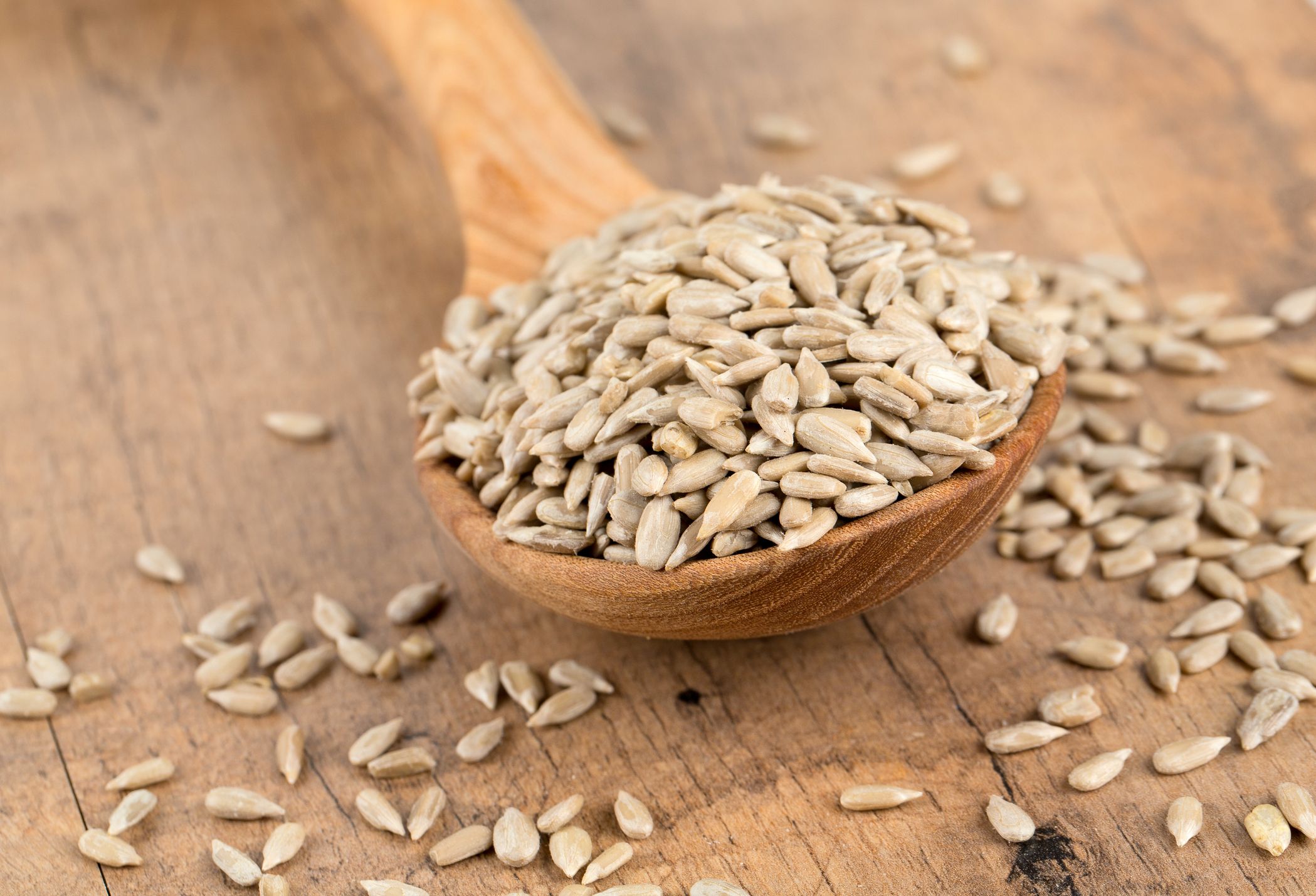
Nutrient-rich seeds are another great way to fit your high-protein, low-carb needs. Angelone is a big fan of sunflower seeds. Have a scoop as a snack, sprinkle them on your salads, or grind them into pesto.
Pr 1/4 cup: 190 cal, 15 g fat (1.6 g sat), 7 g carbs (4 g net carbs), 2 g sugar, 360 mg sodium, 3 g fiber, 6 g protein
41. Collagen Powder

Okay, so this isn’t exactly a “food,” but Angelone highly recommends collagen powder for low-carb eaters looking to up their protein intake. It dissolves in both hot and cold water and has no taste or texture, so you can add it to soups, smoothies, or your morning coffee for a boost.
Per 2 scoops (Vital Proteins collagen powder): 70 cal, 0 g fat (0 g sat), 0 g carbs (0 g net carbs), 2 g sugar, 110 mg sodium, 0 g fiber, 18 g protein
Source: Read Full Article